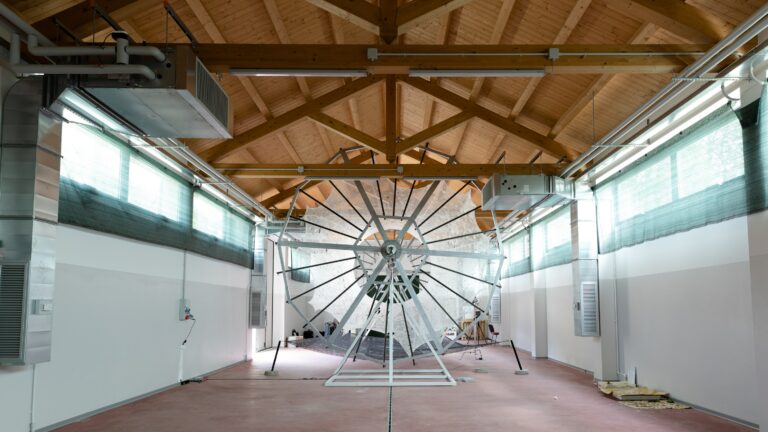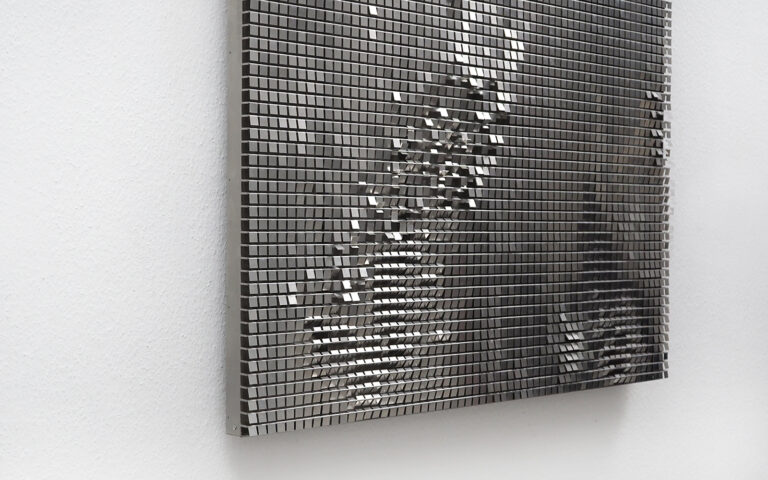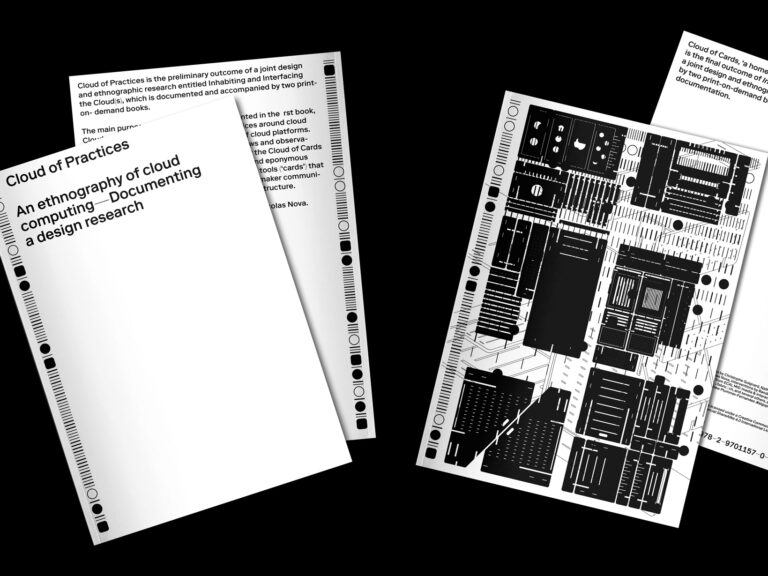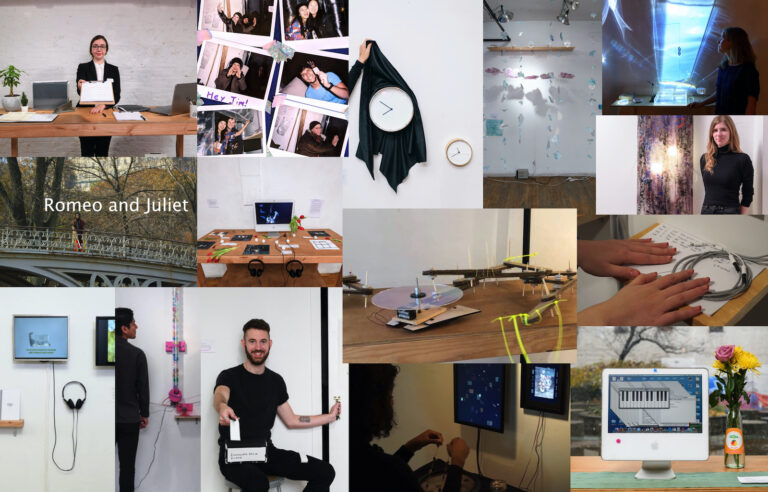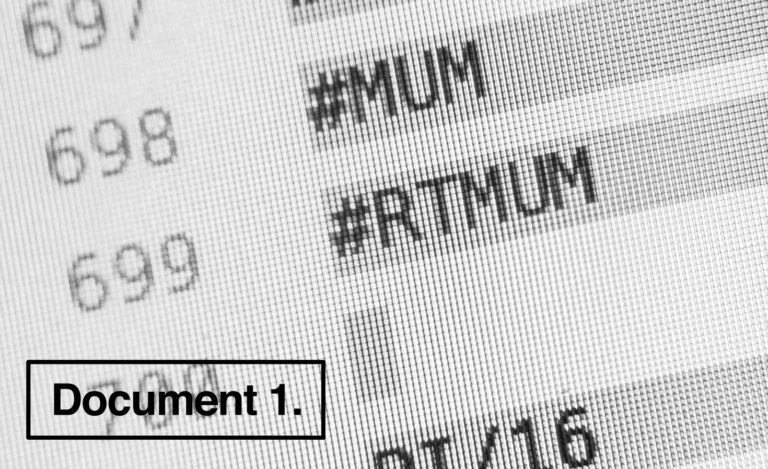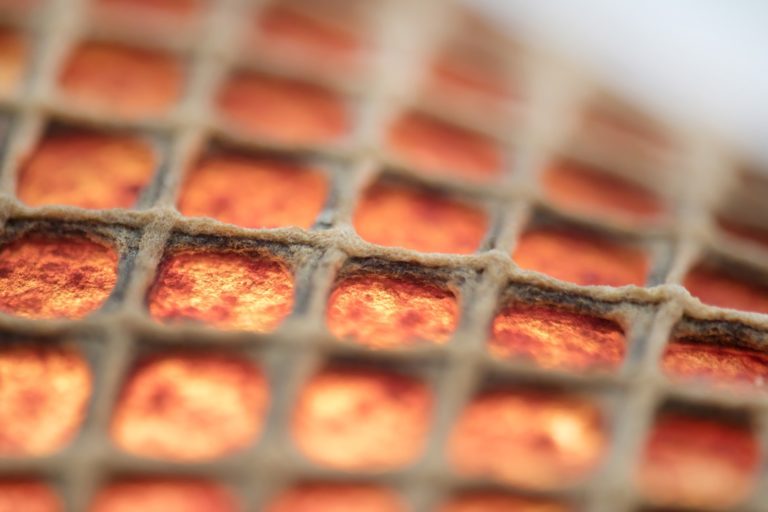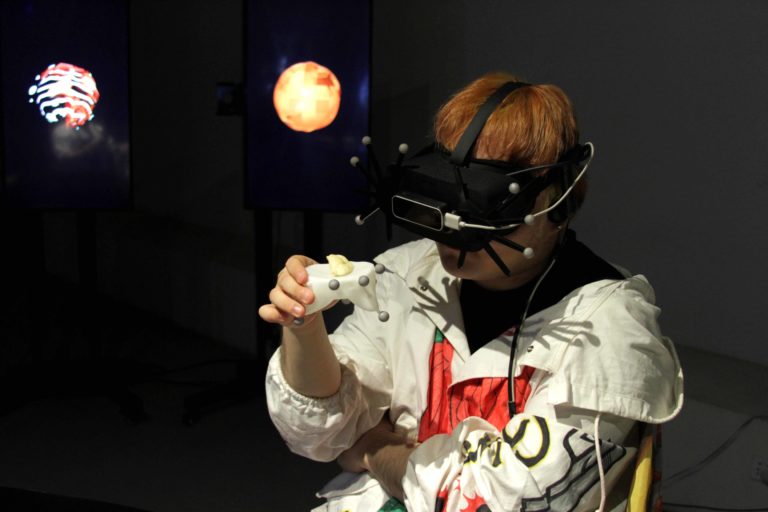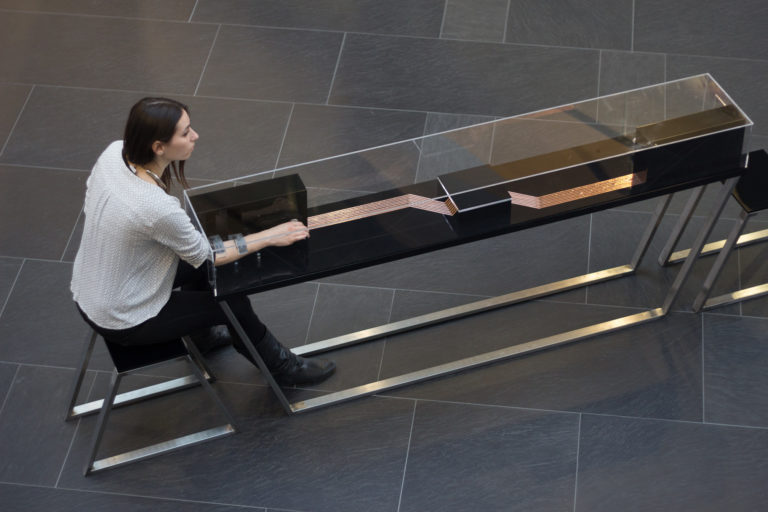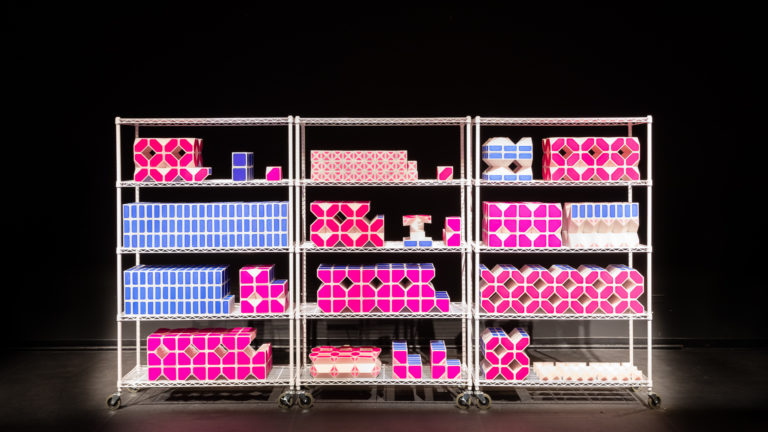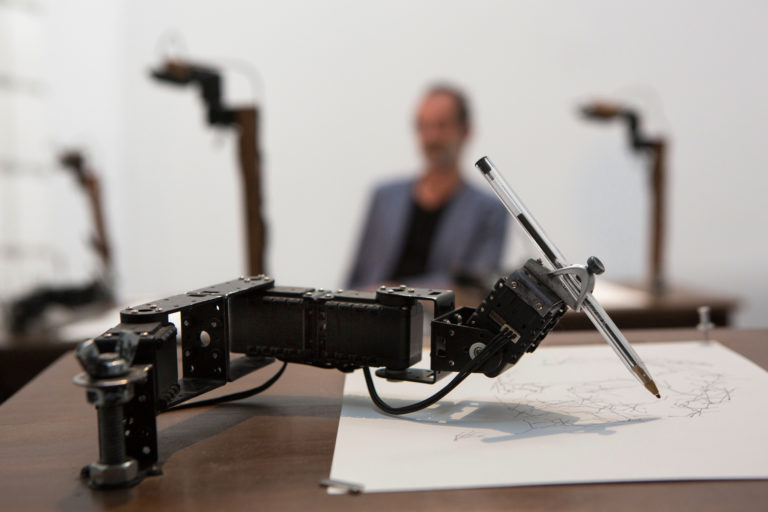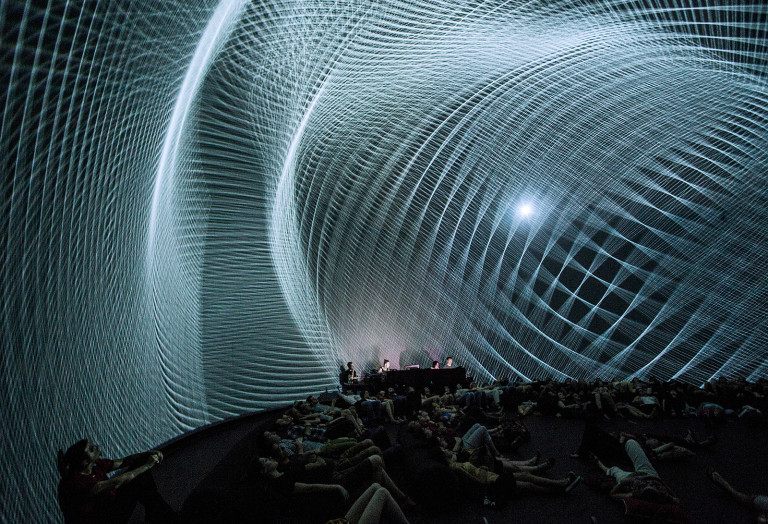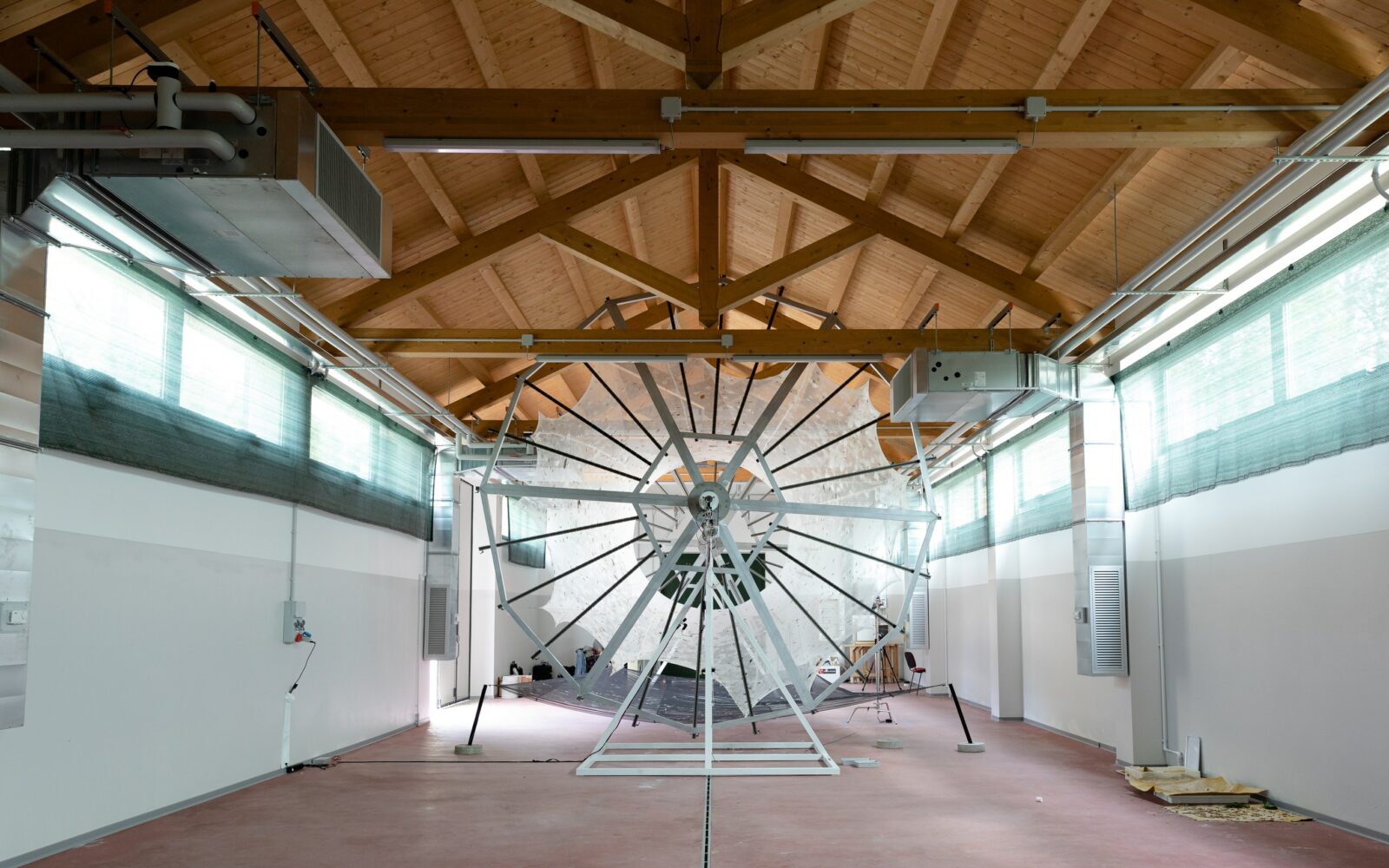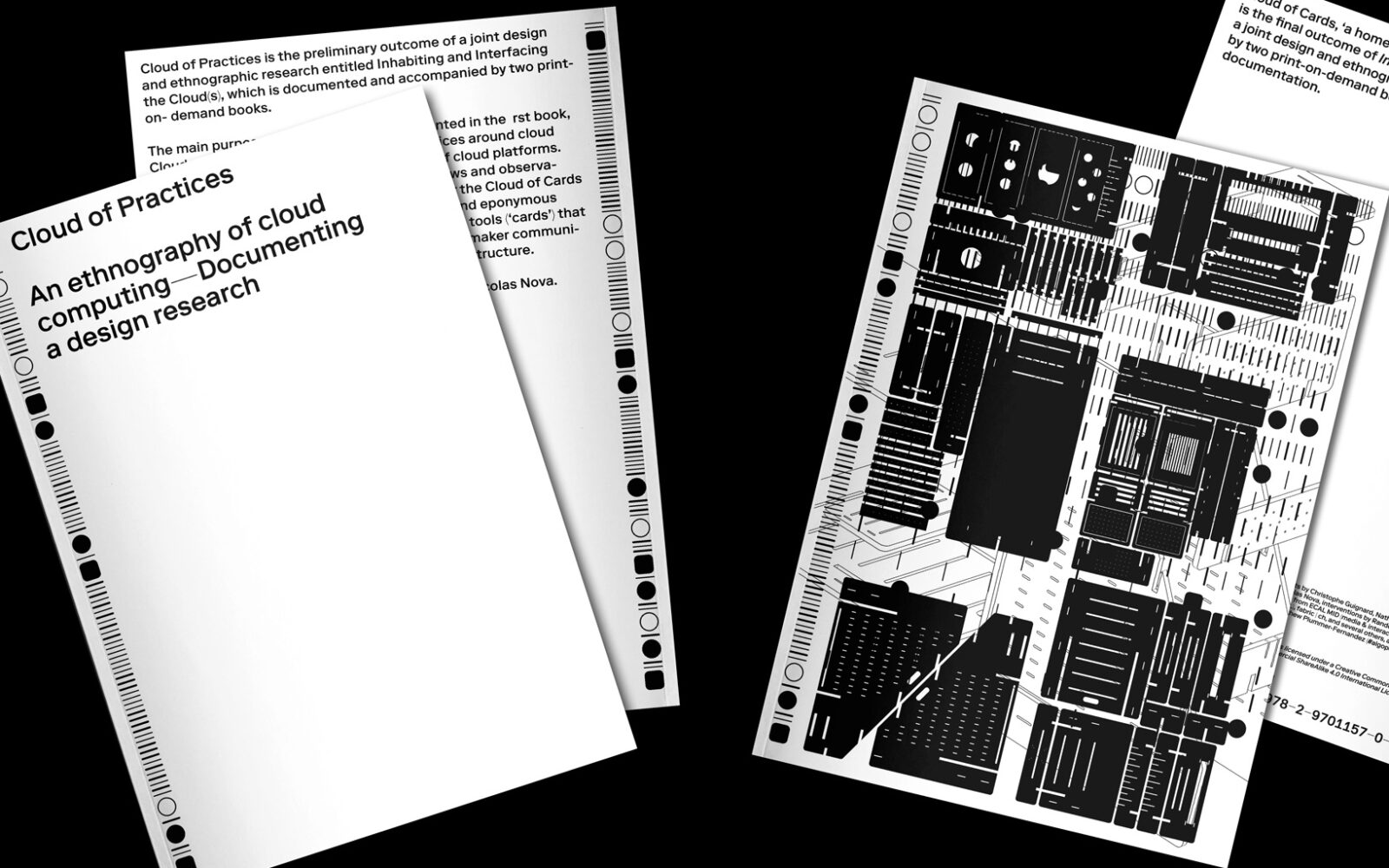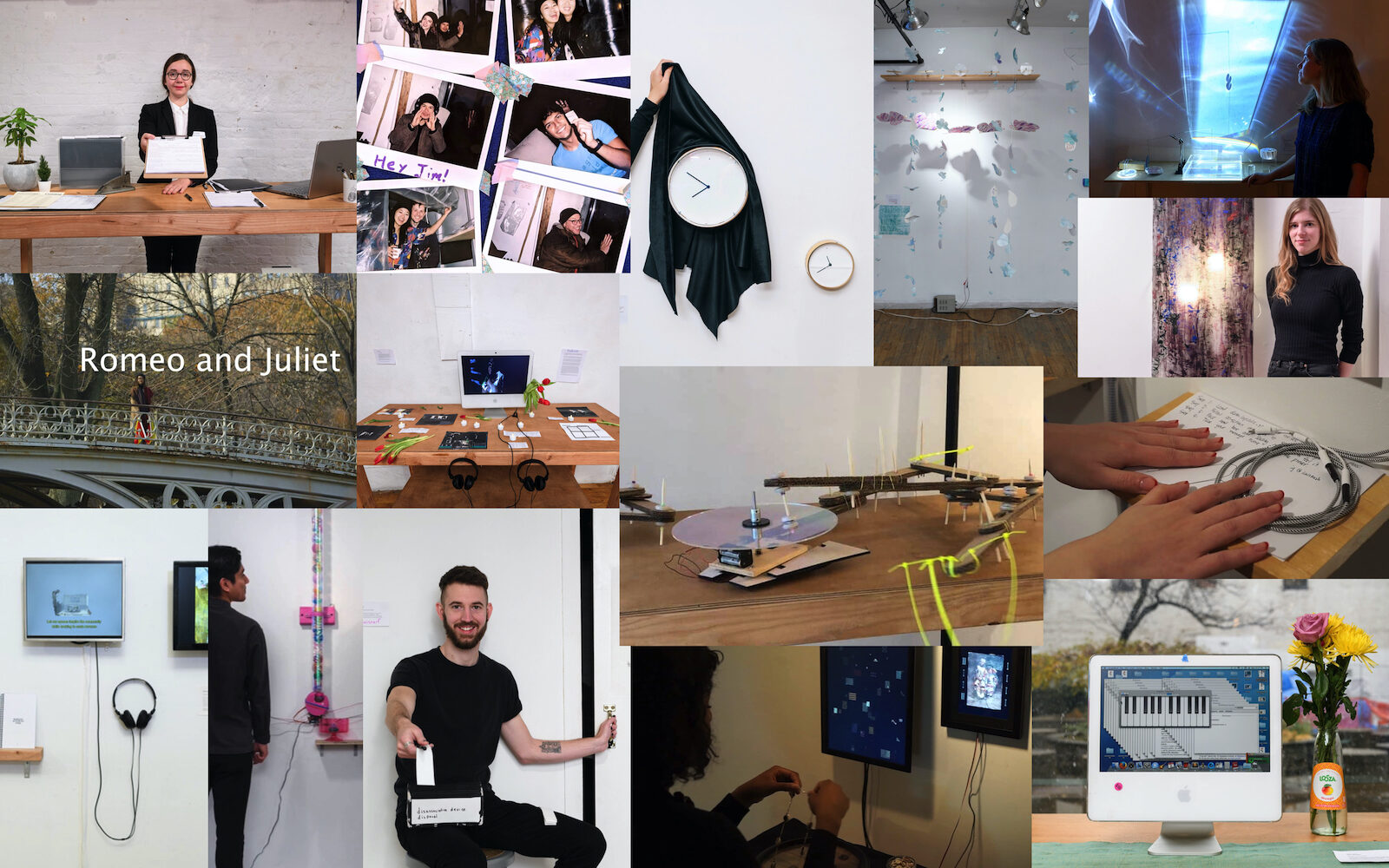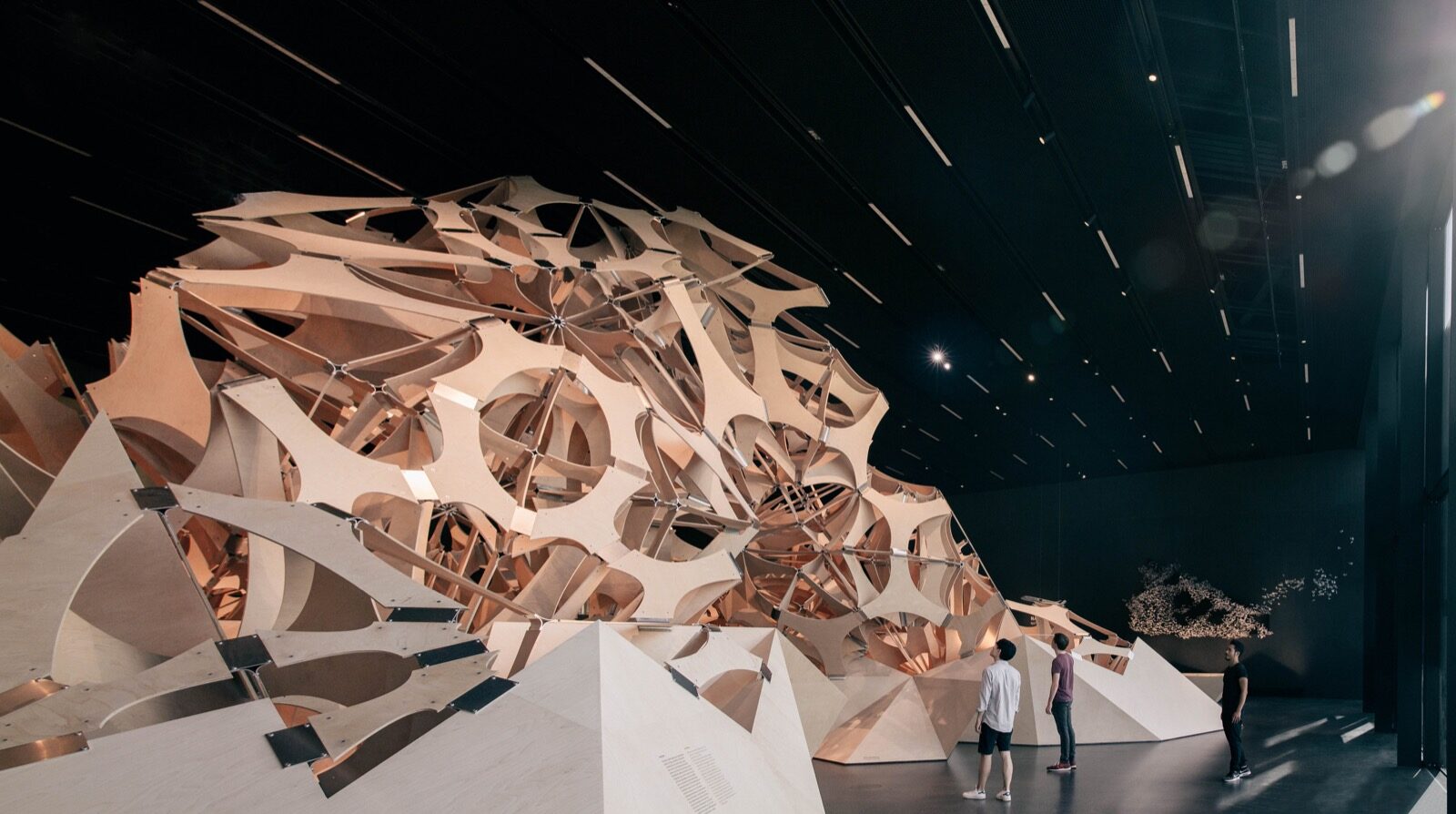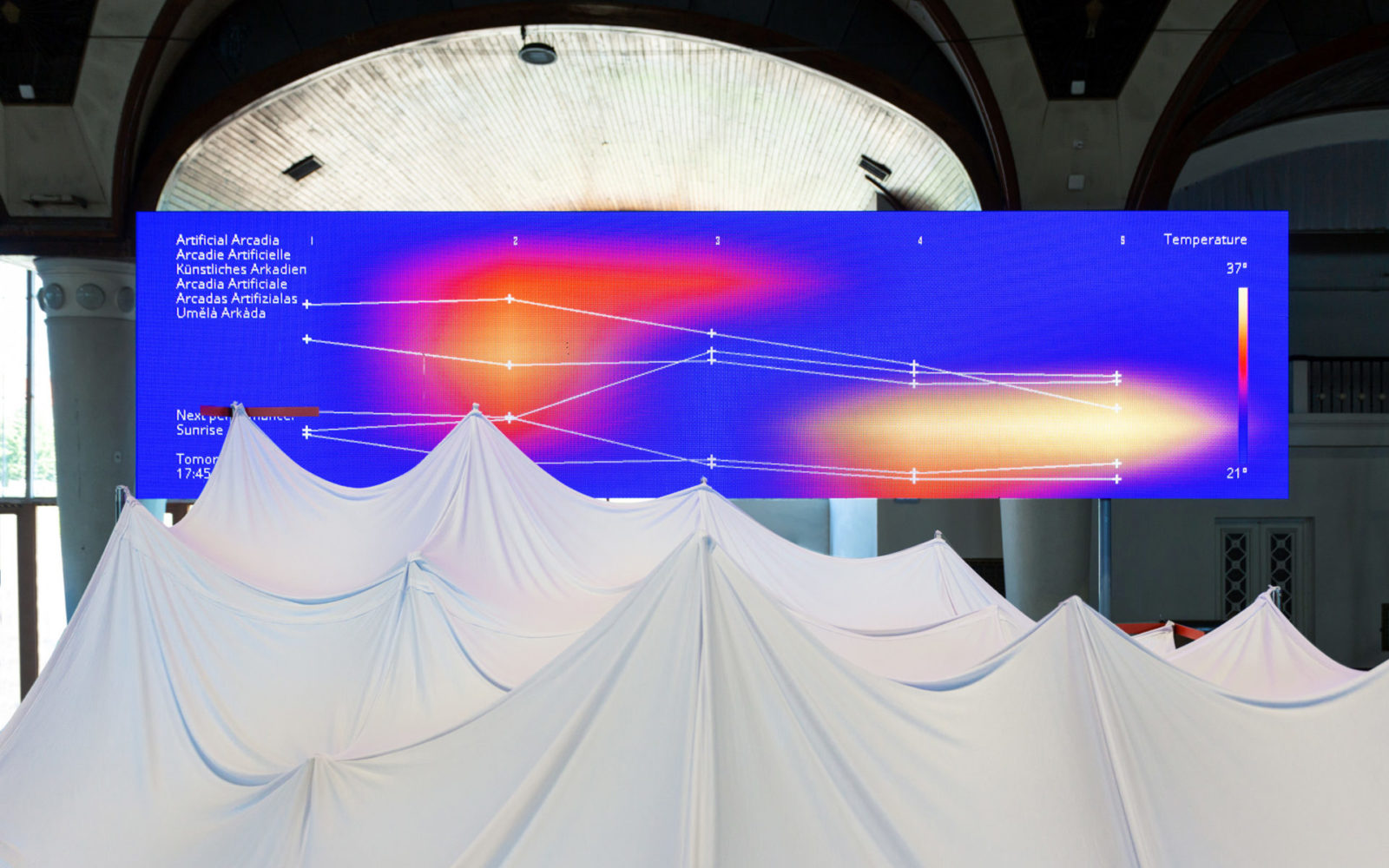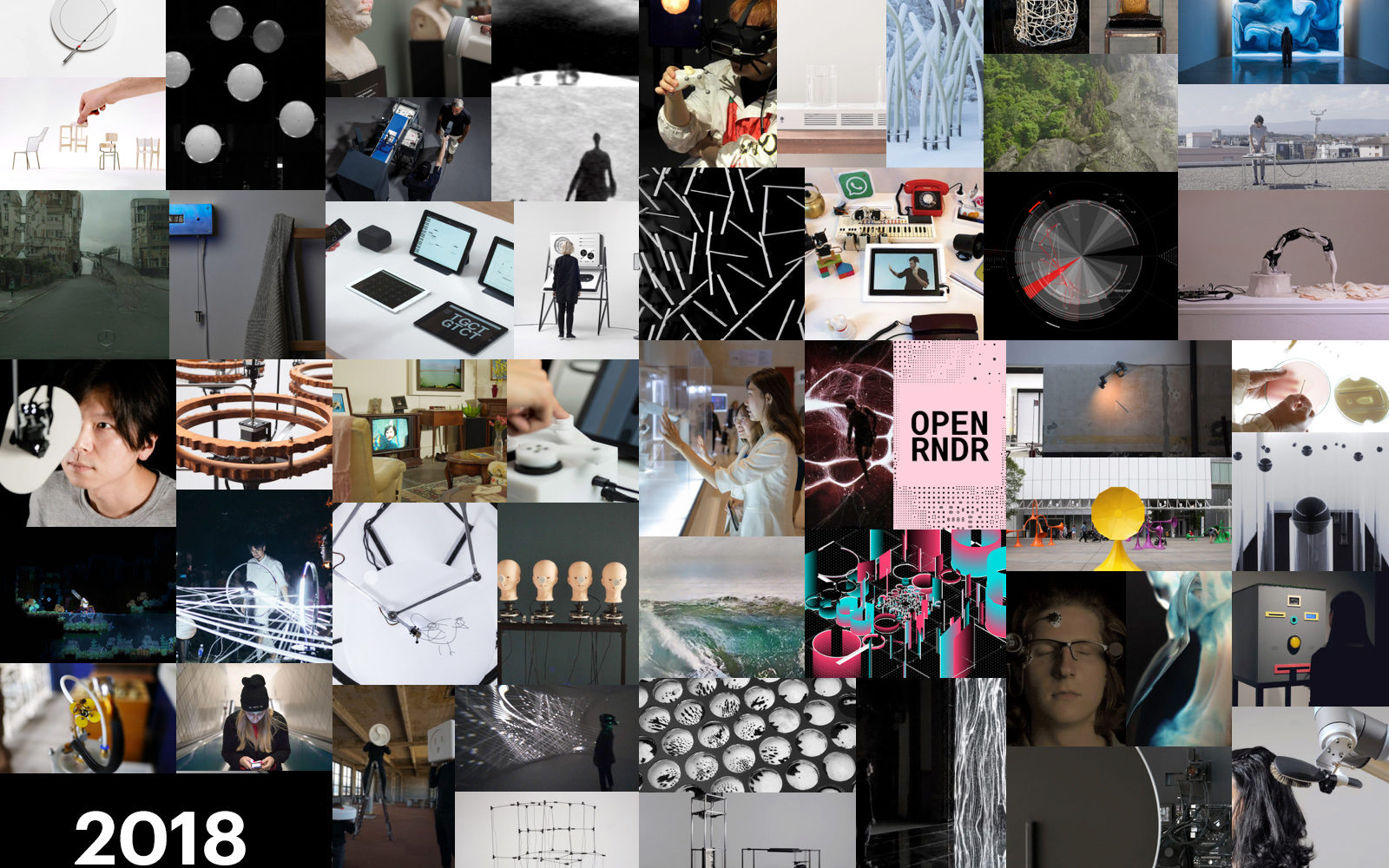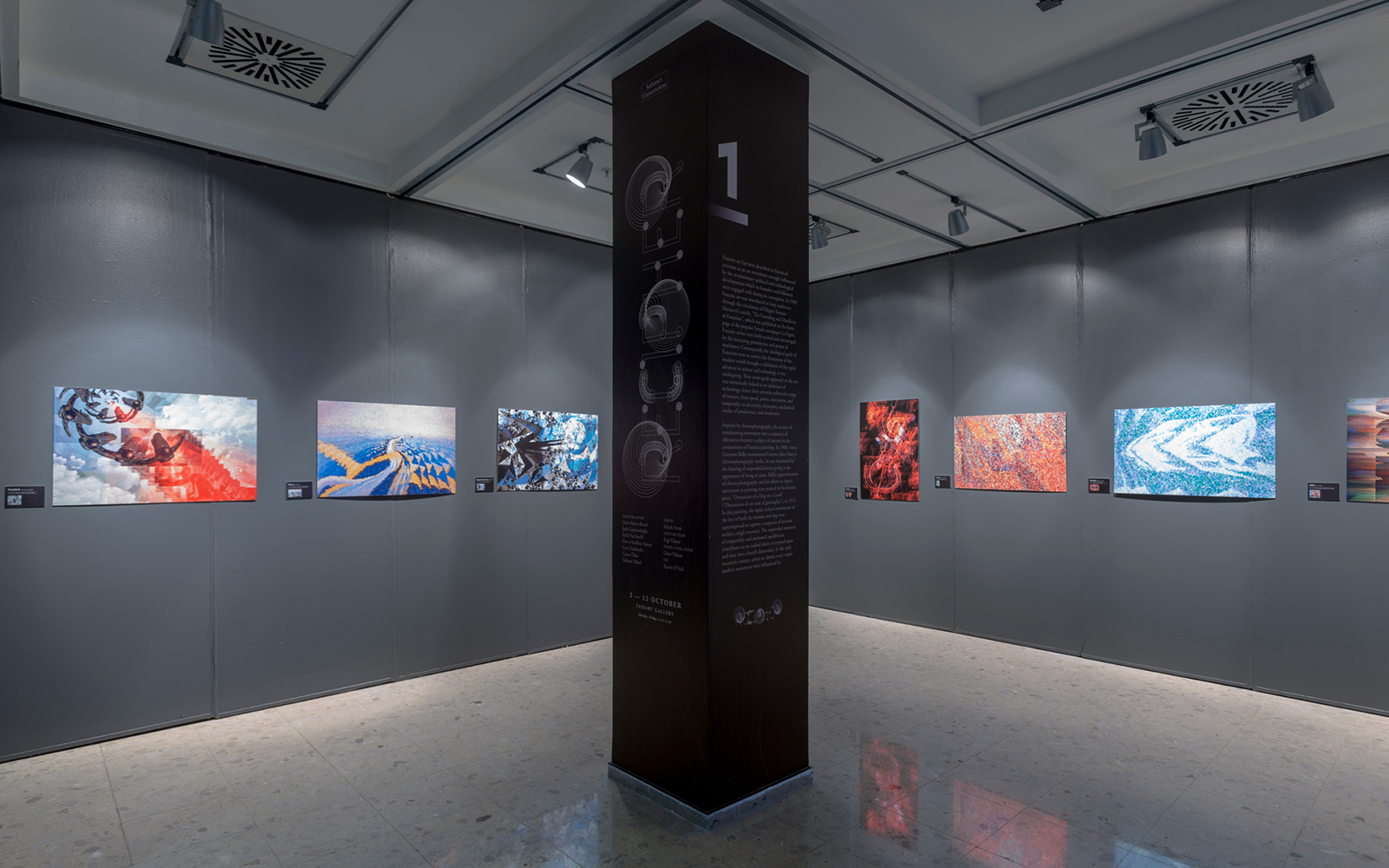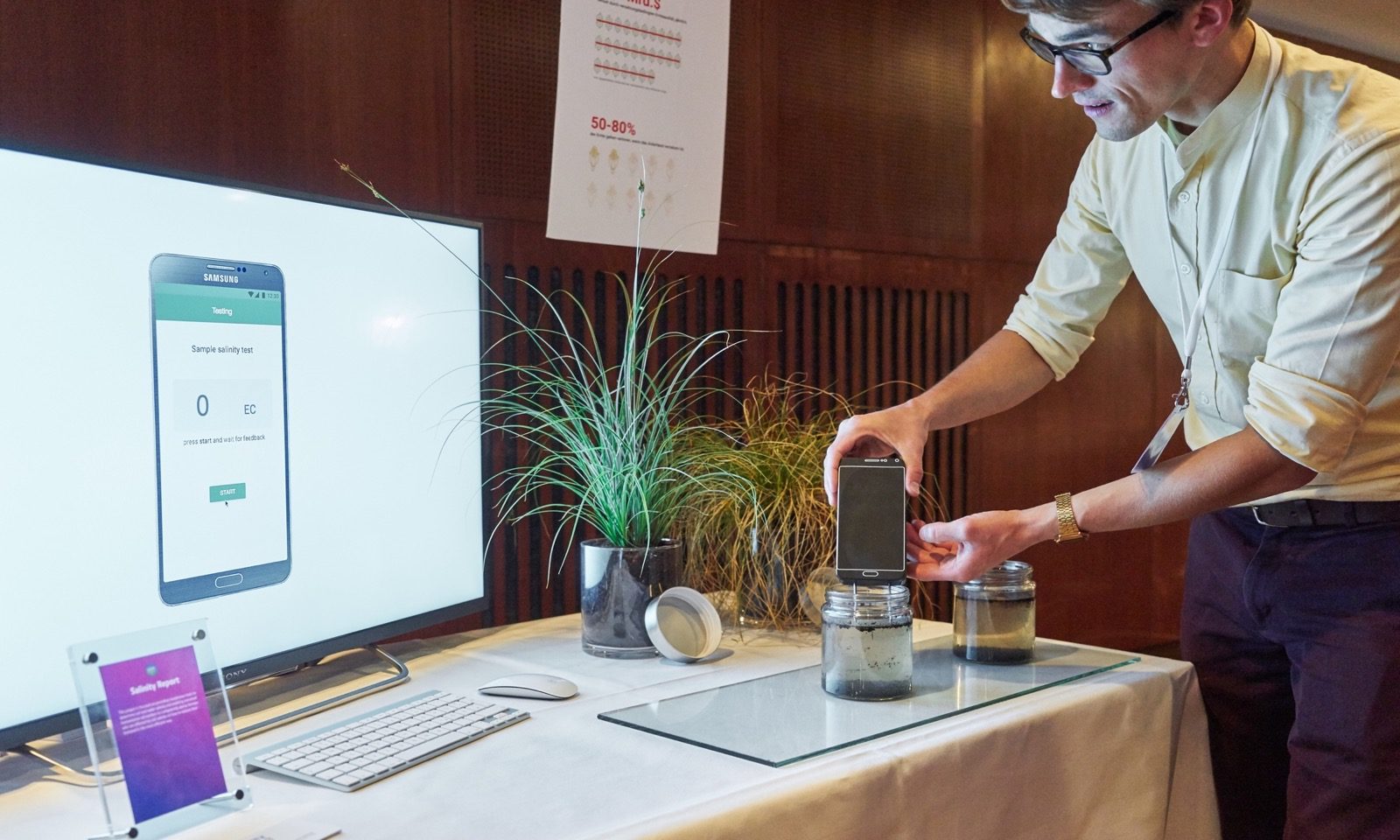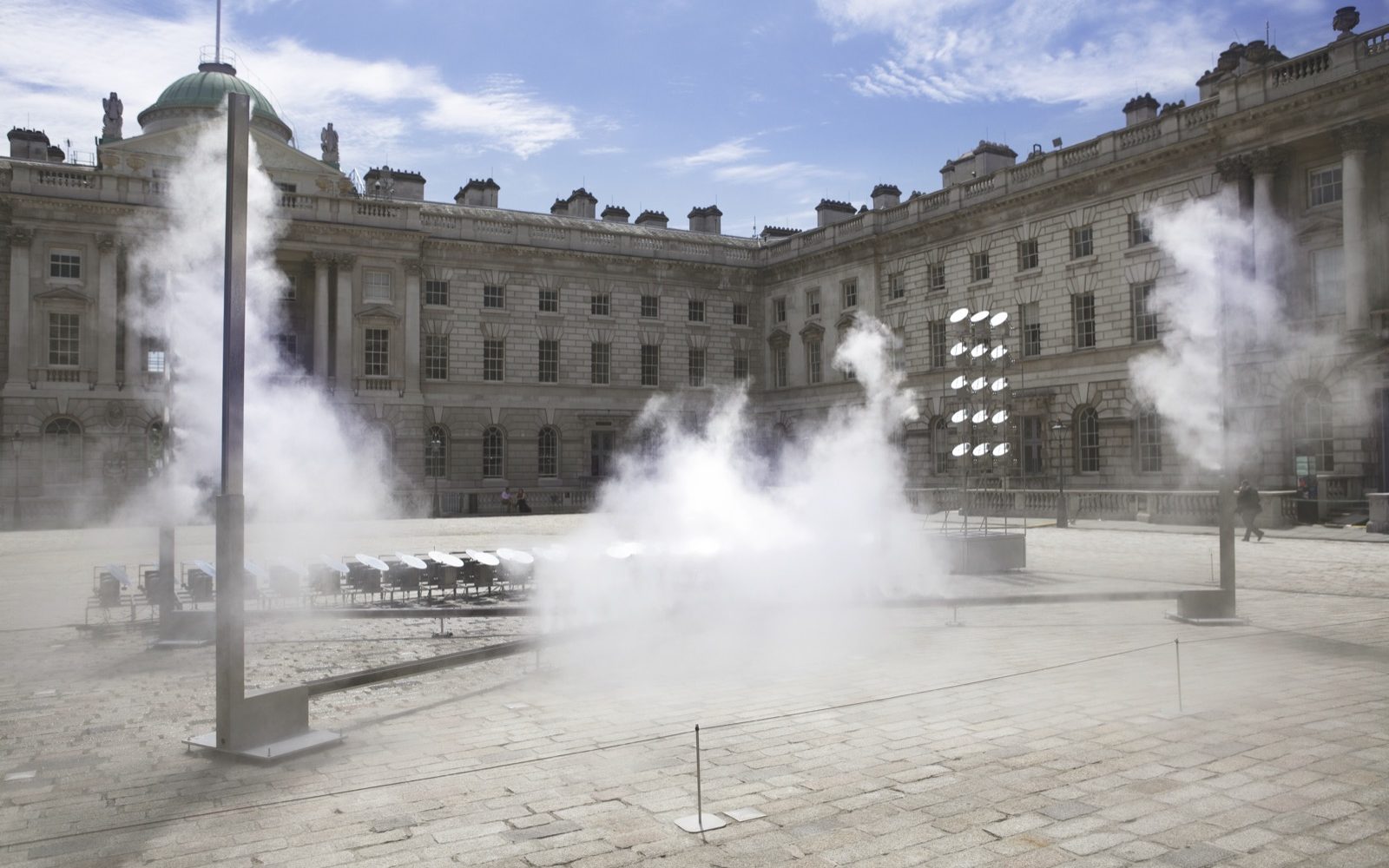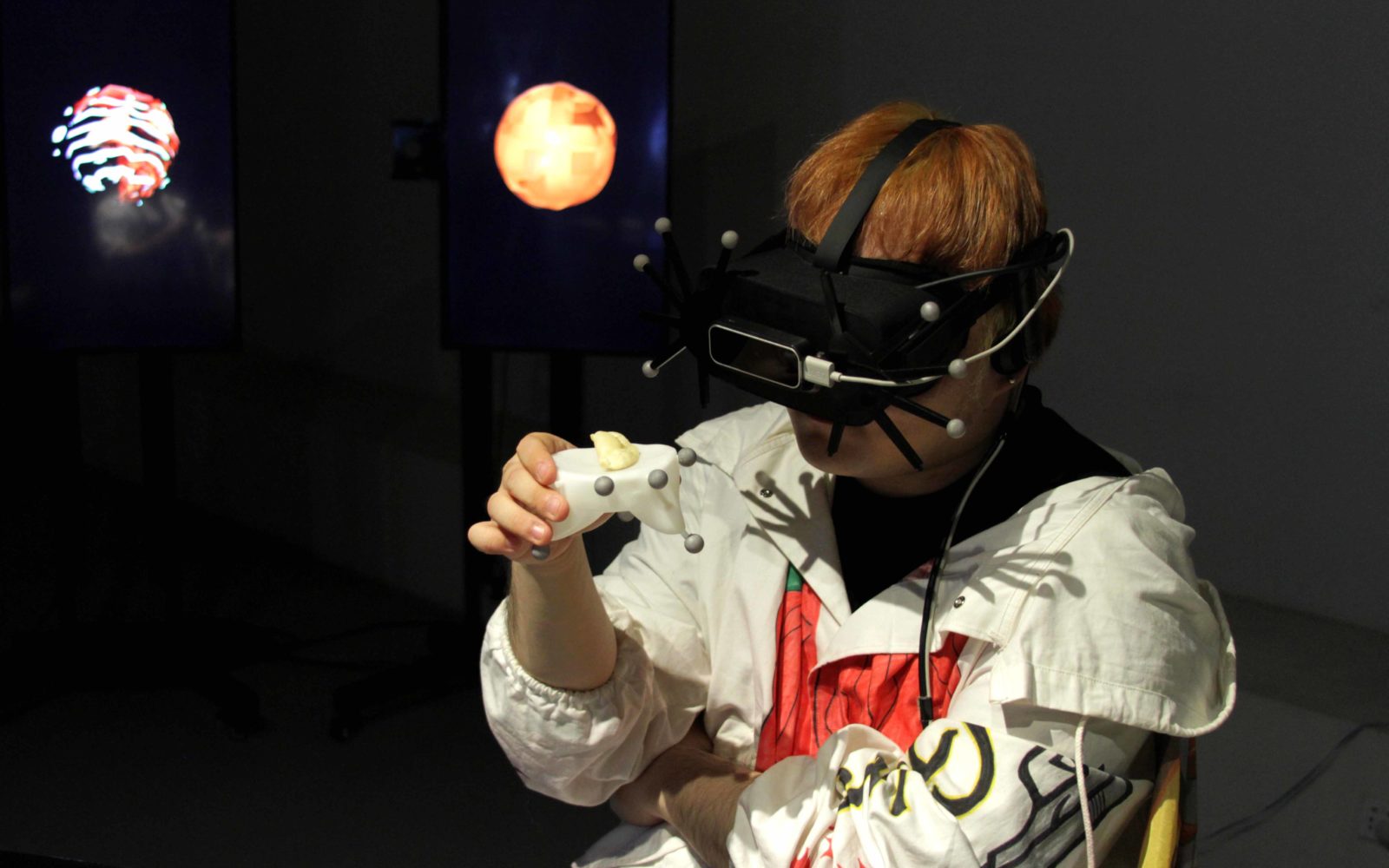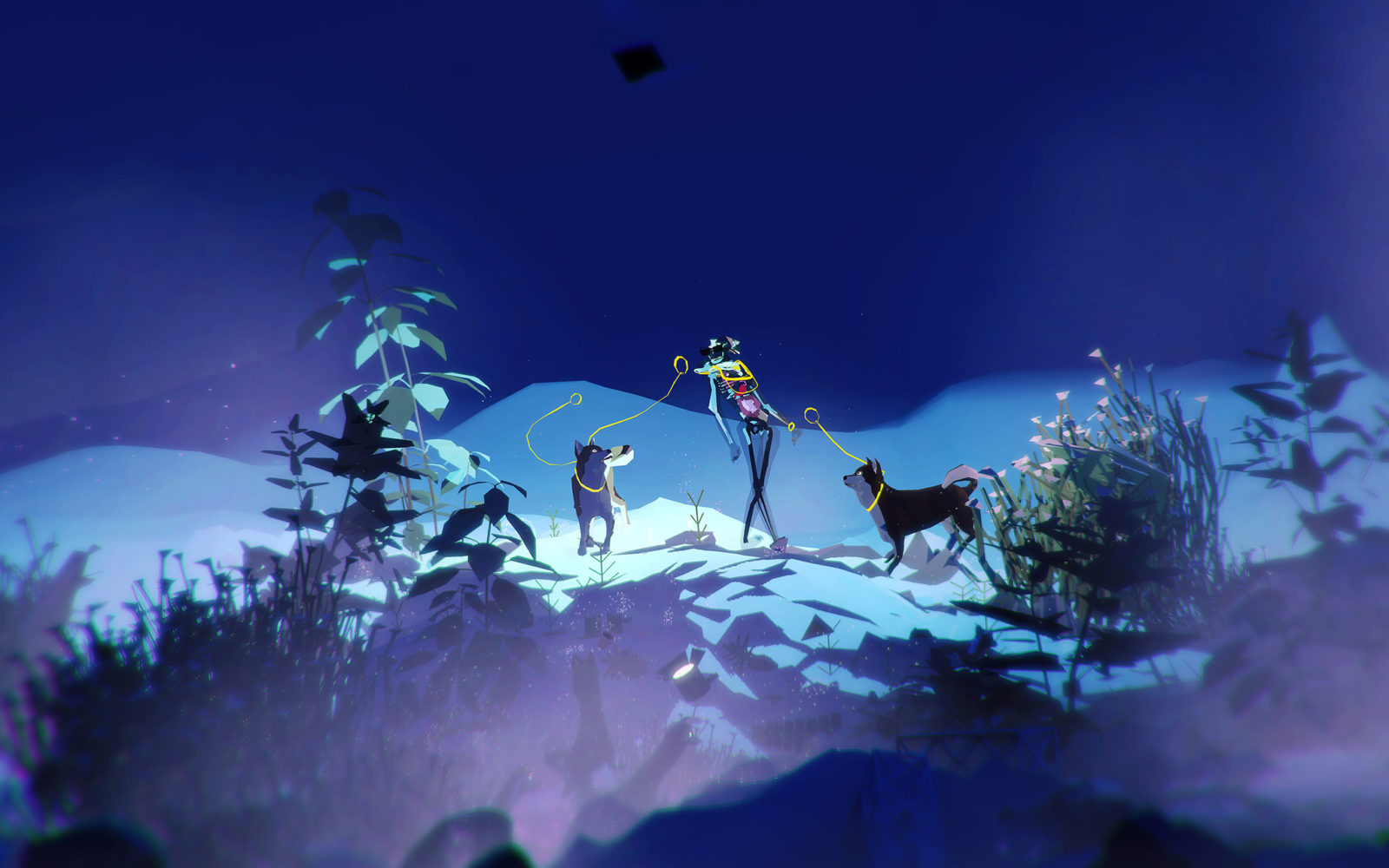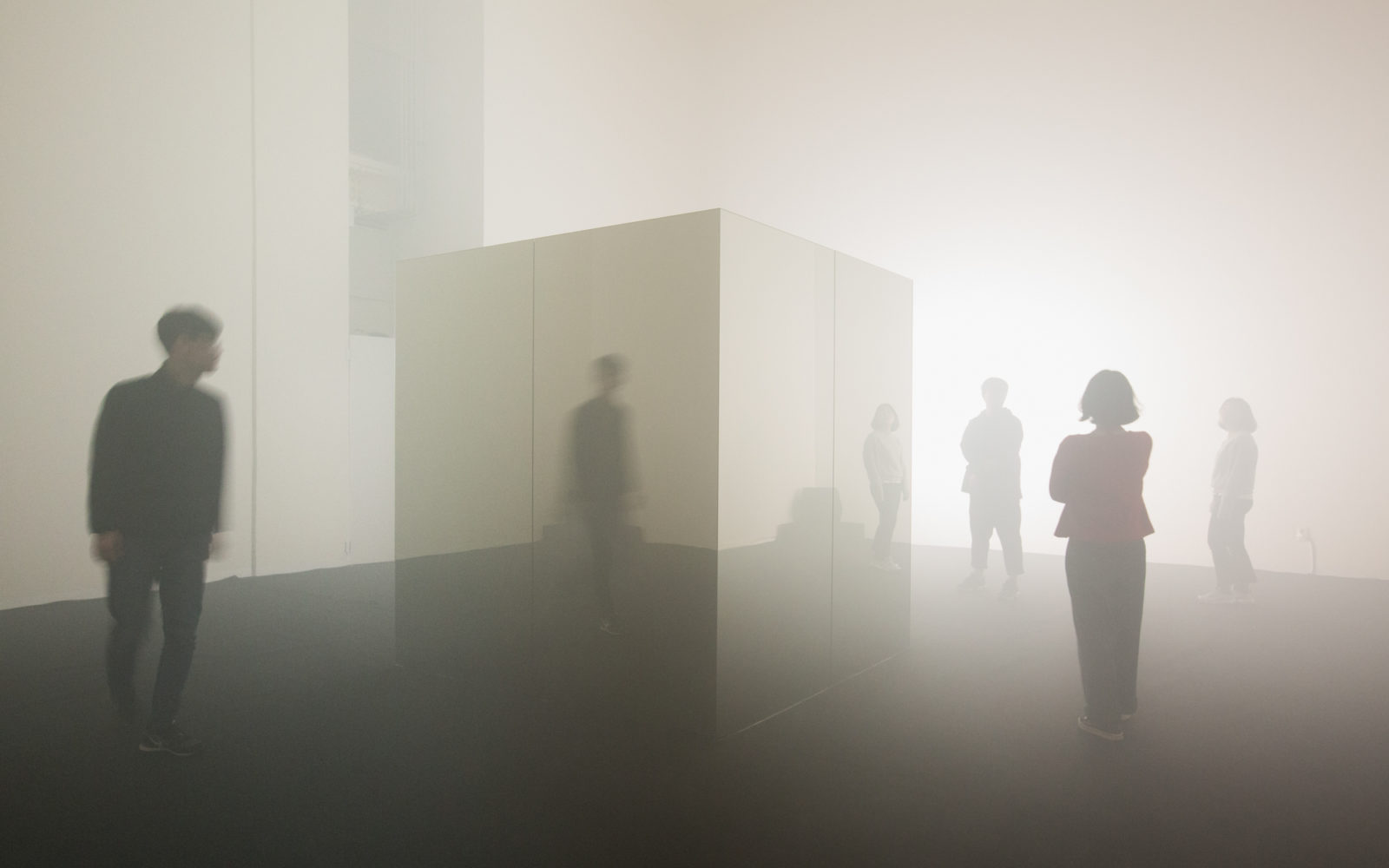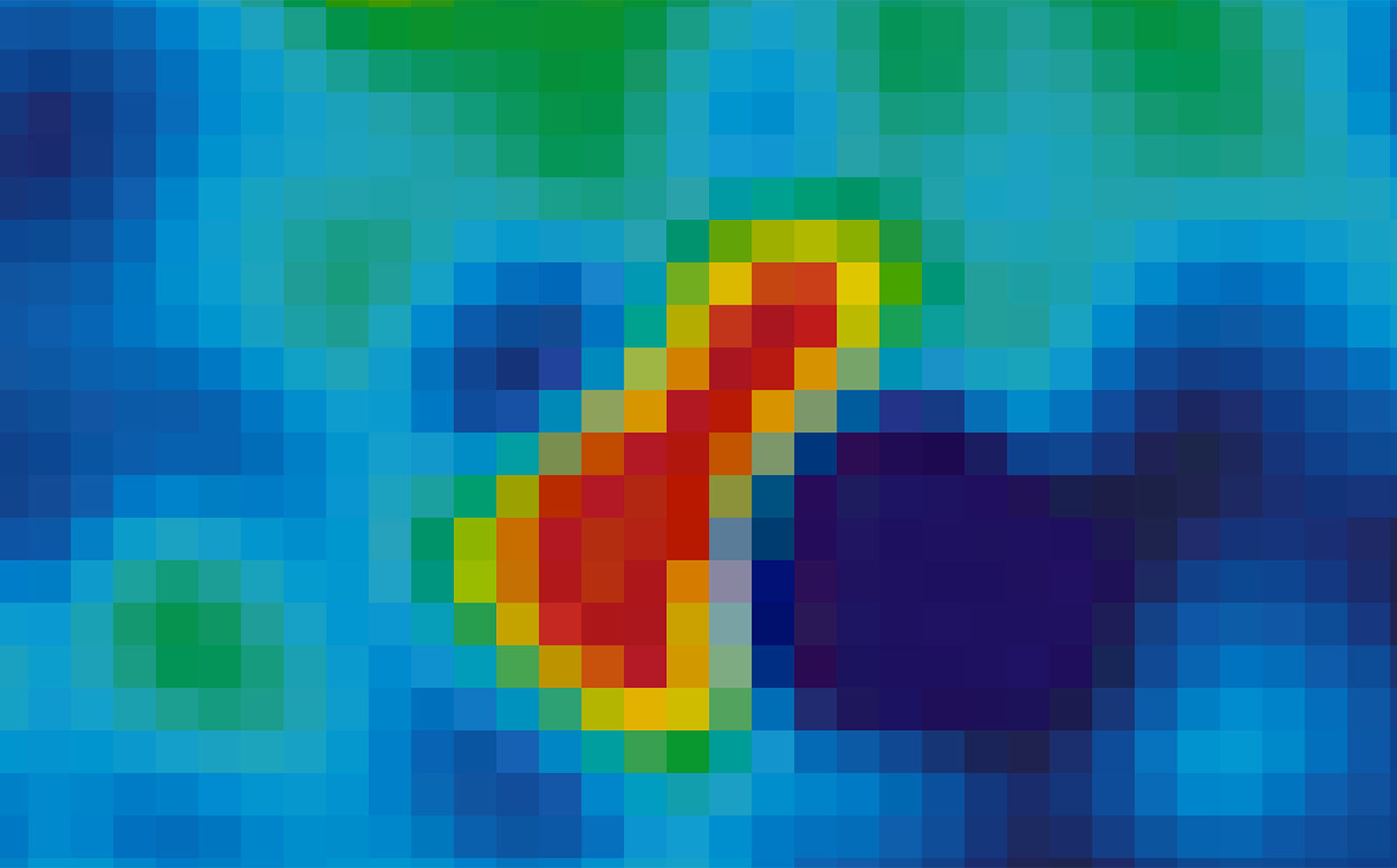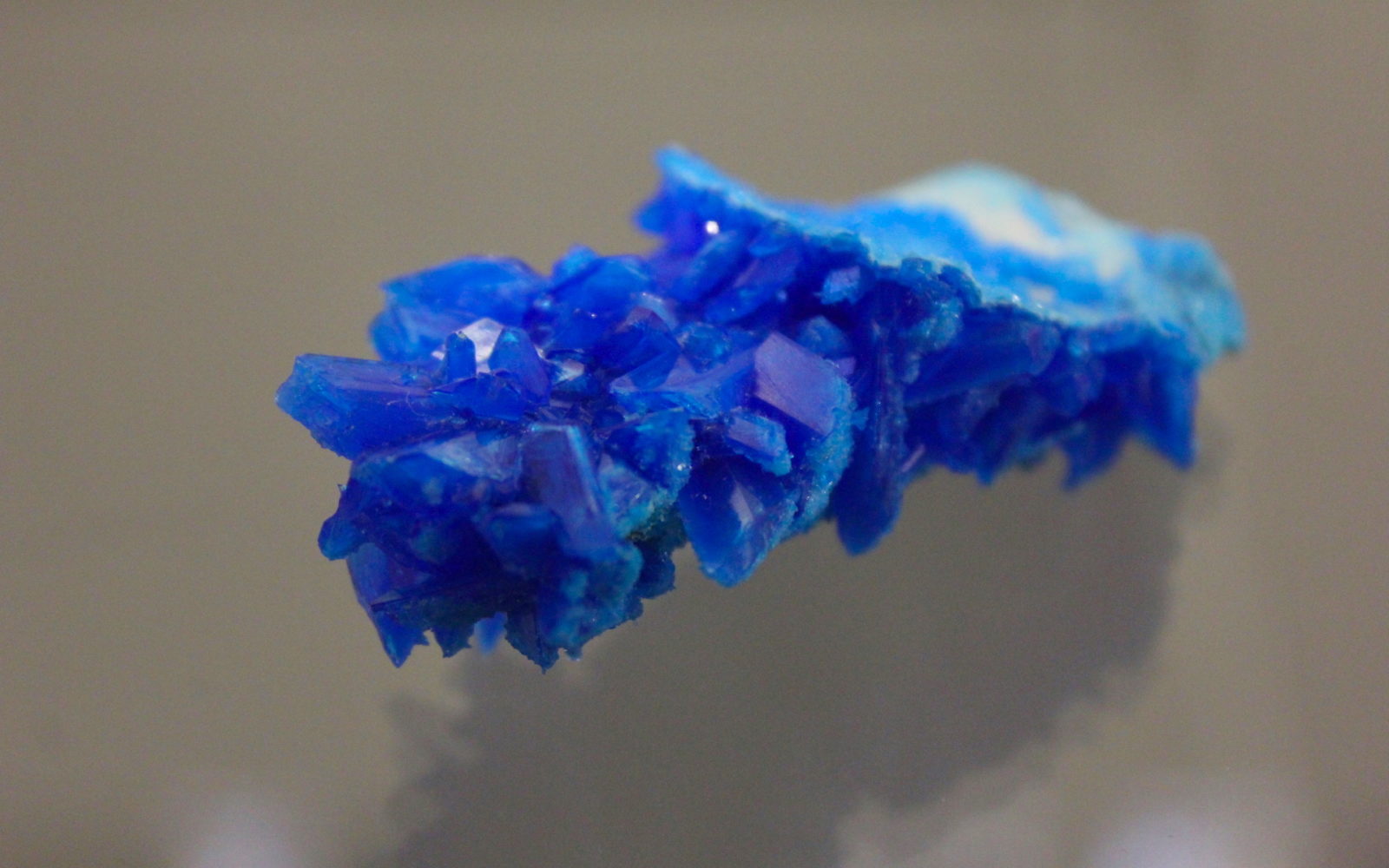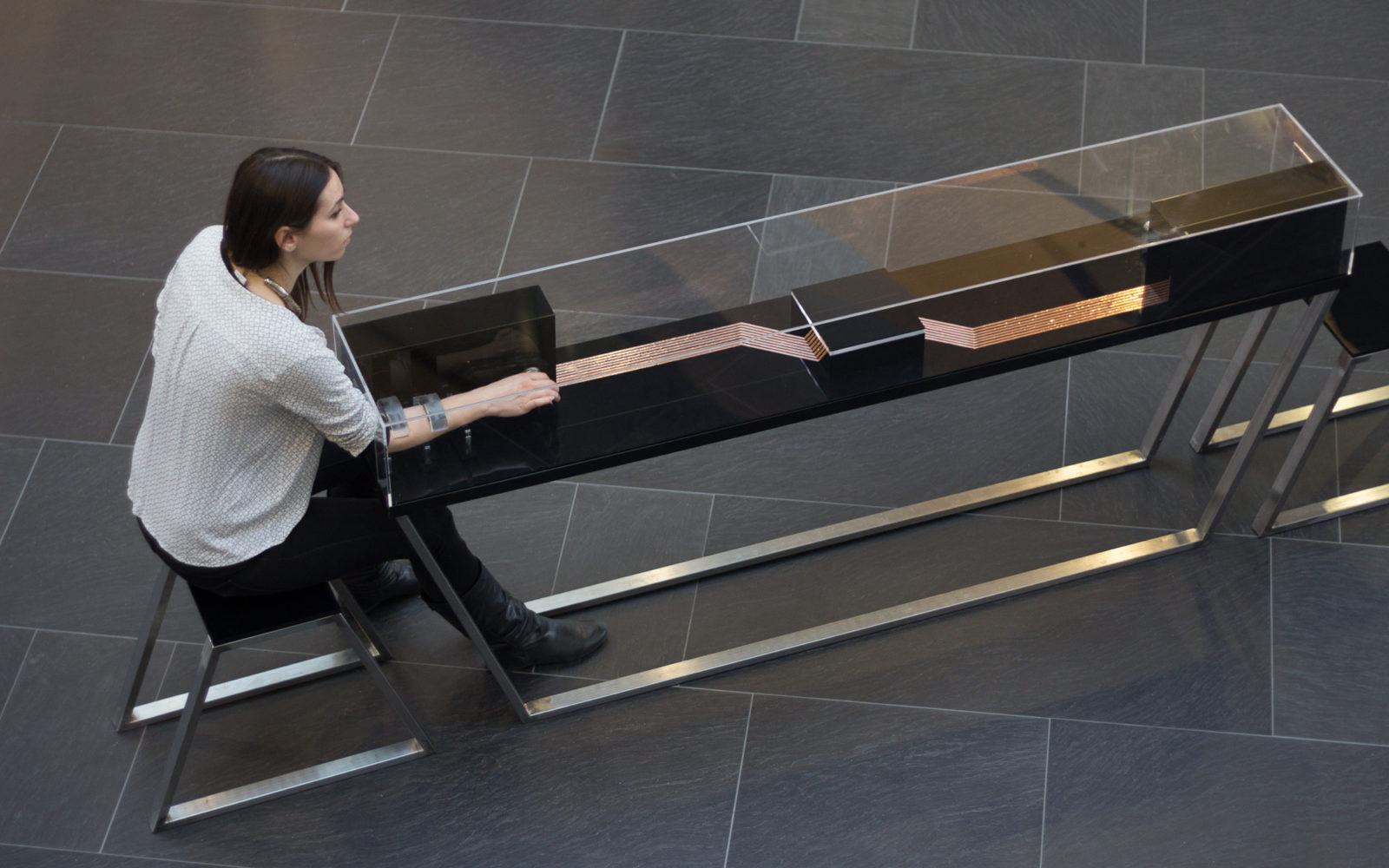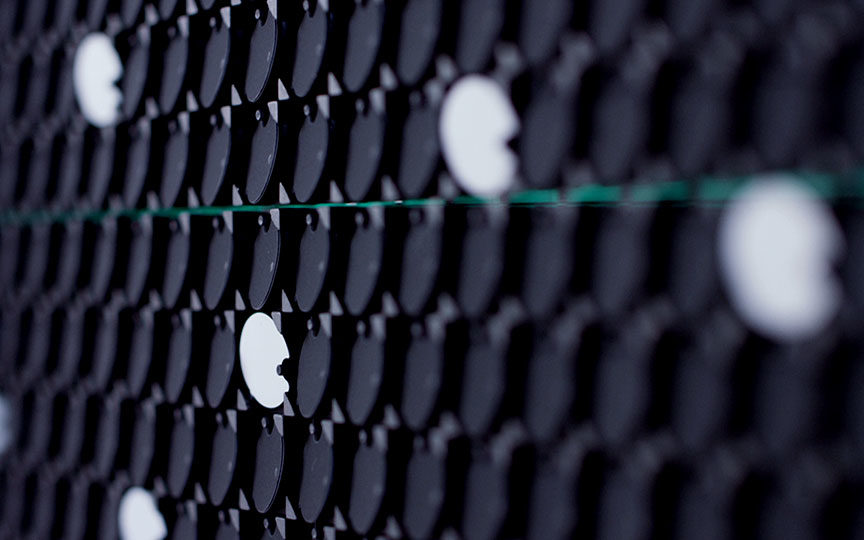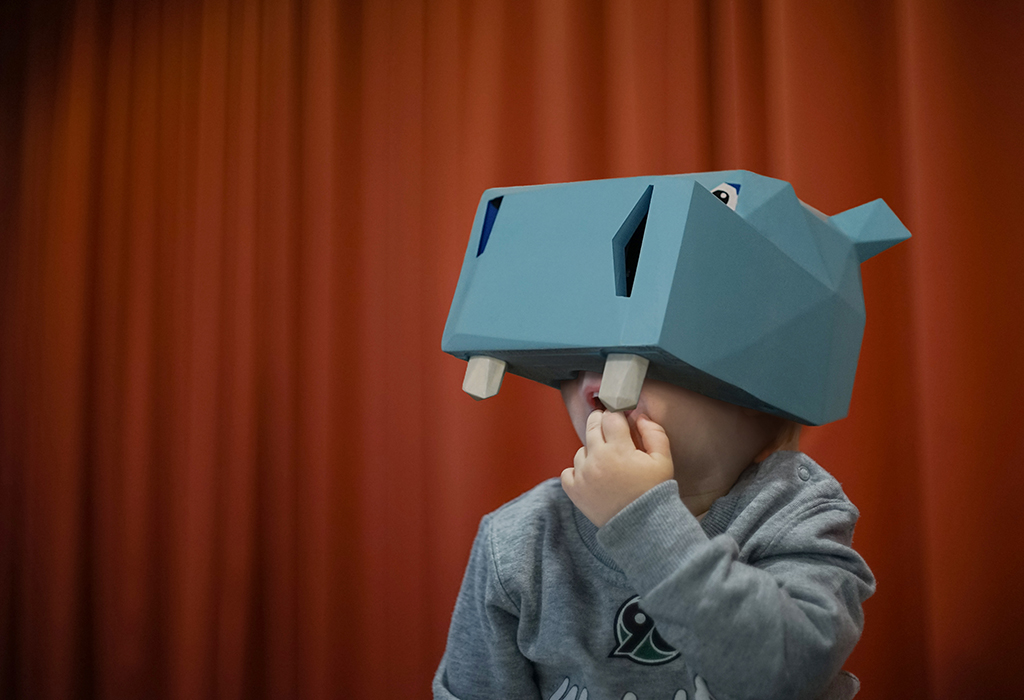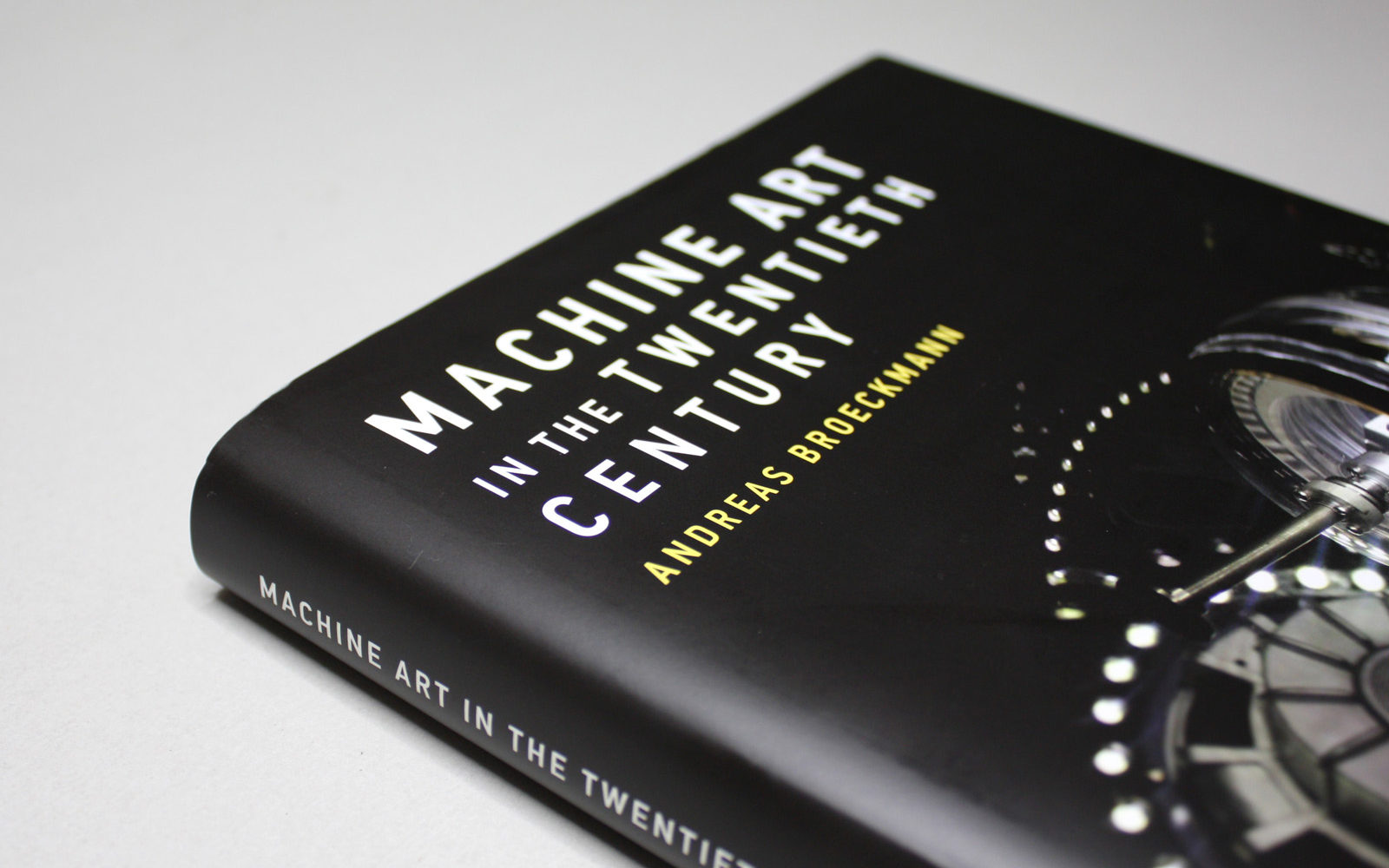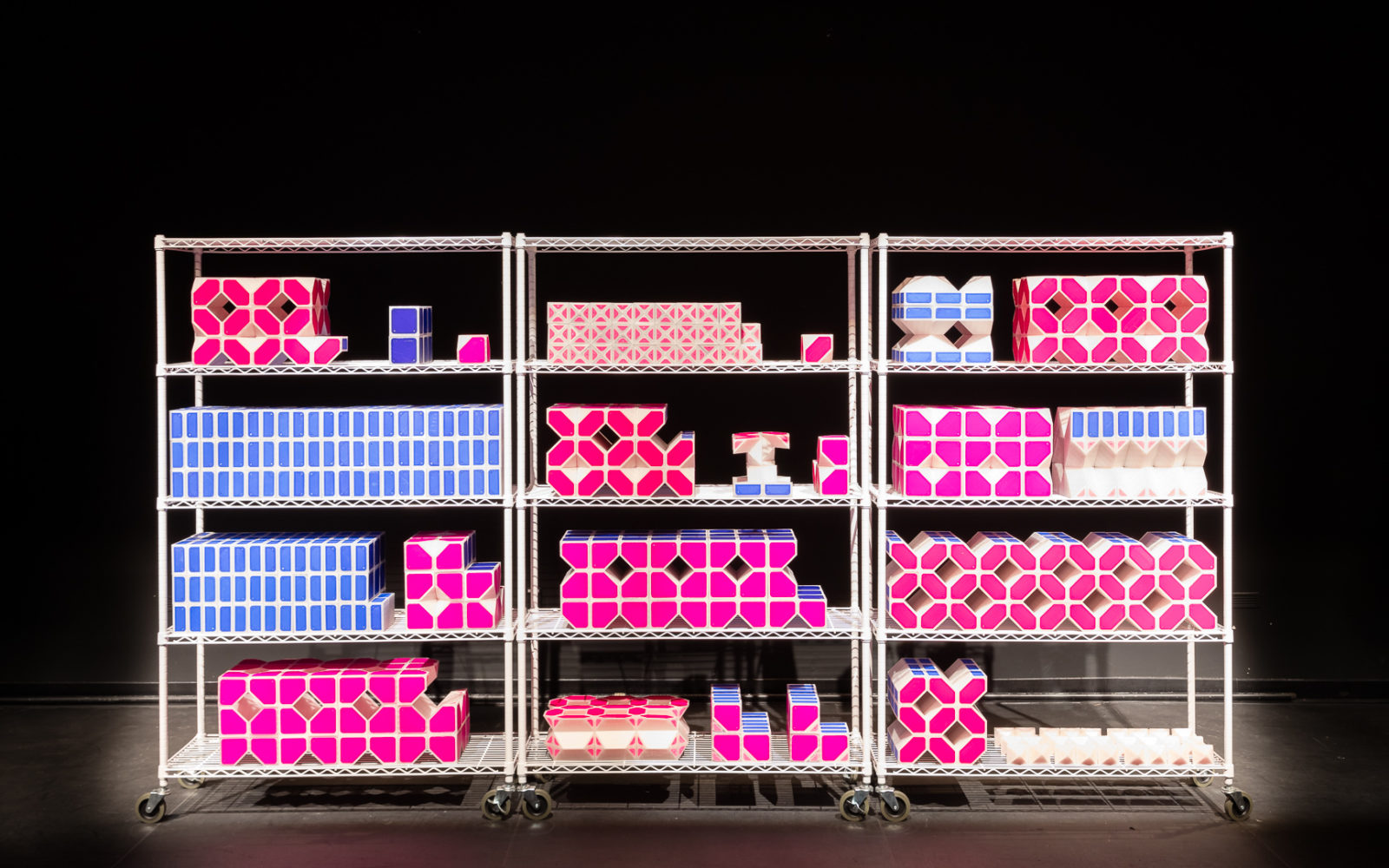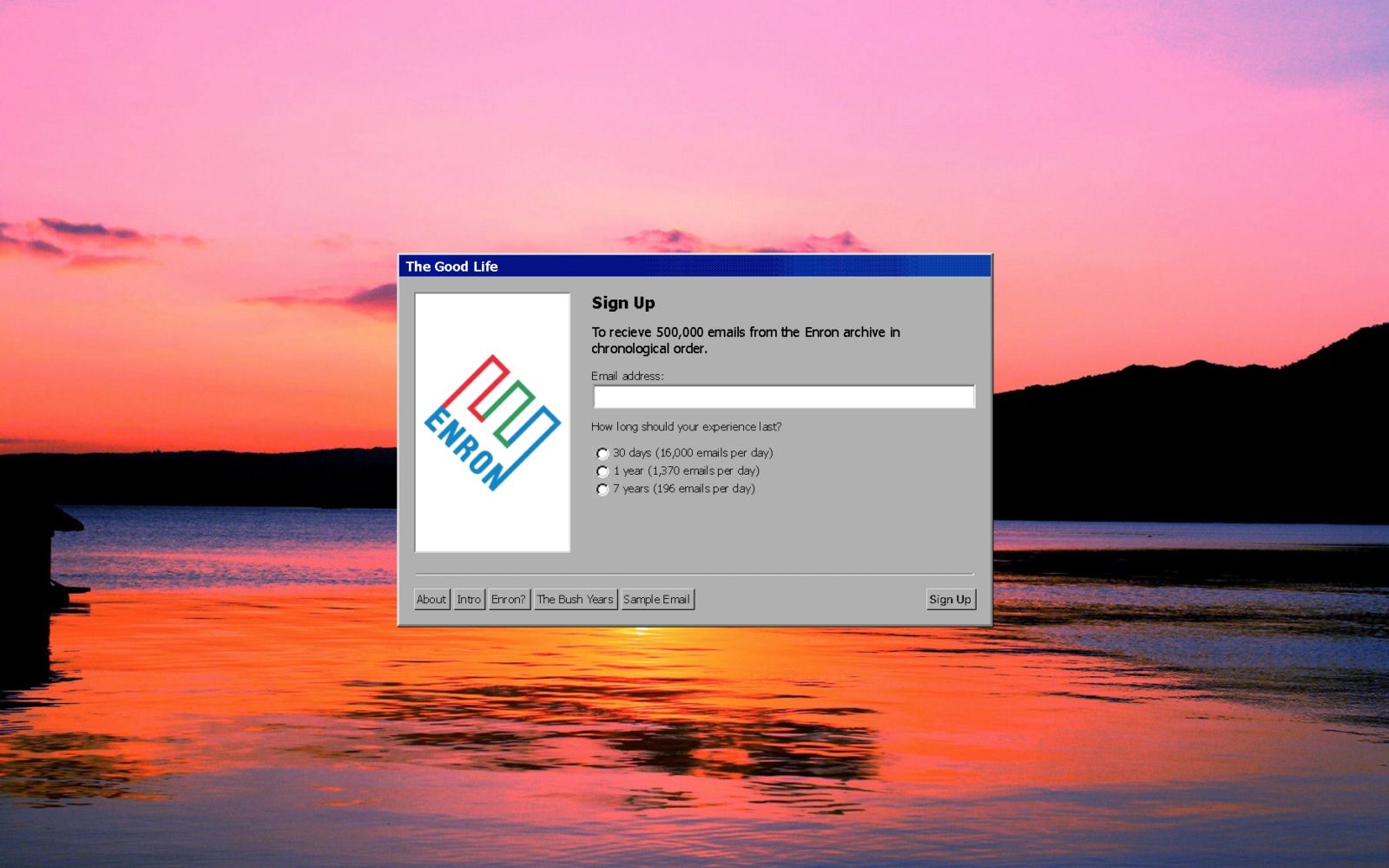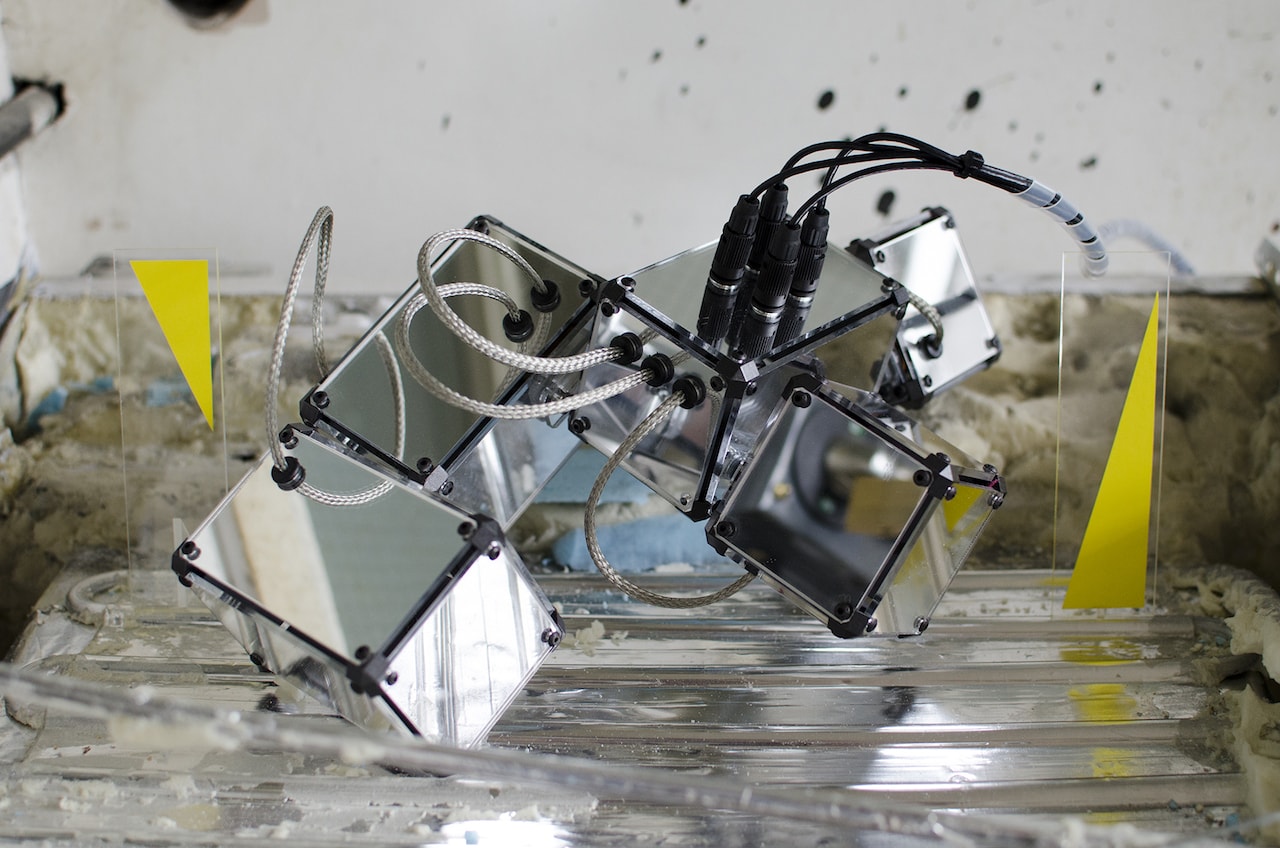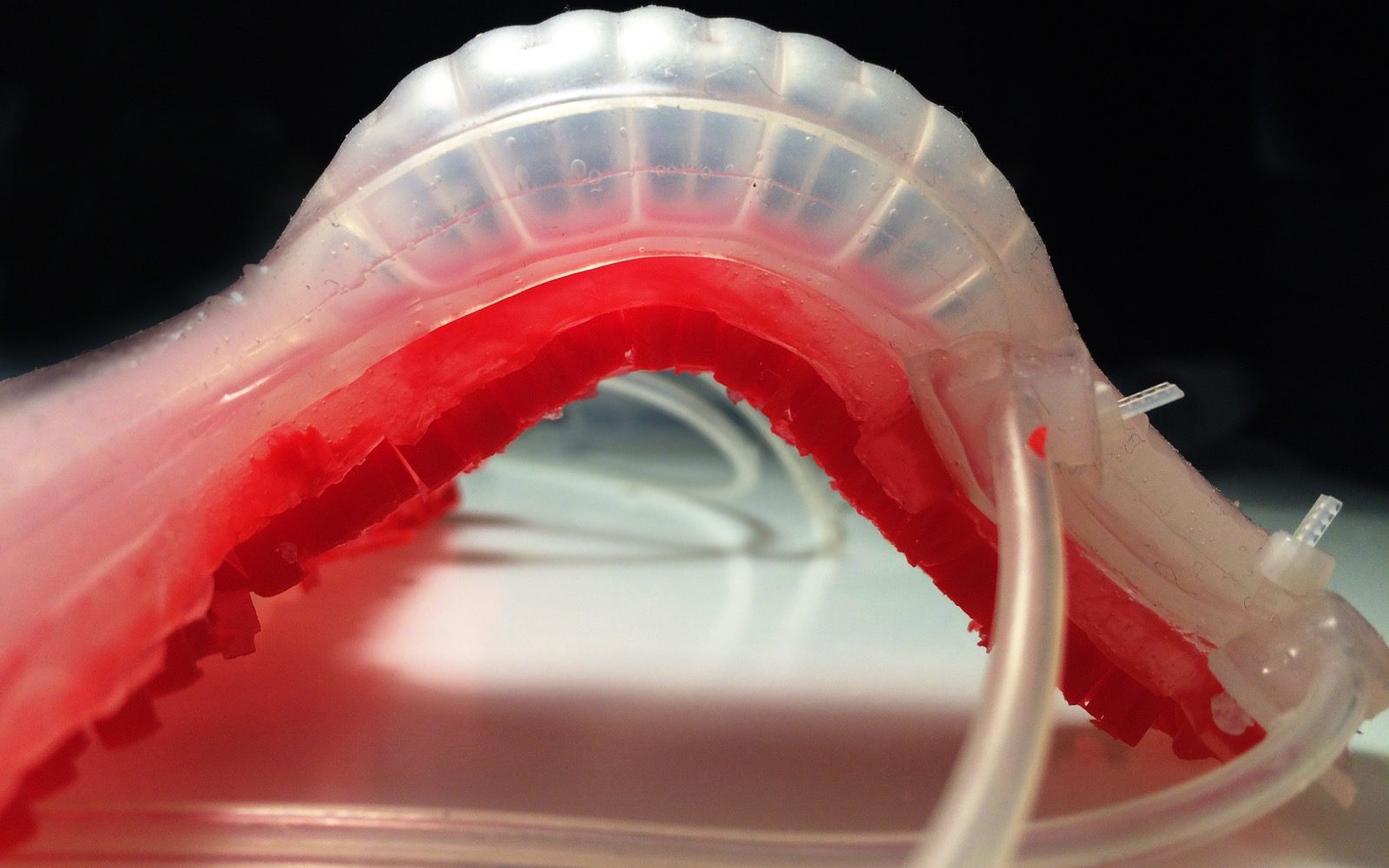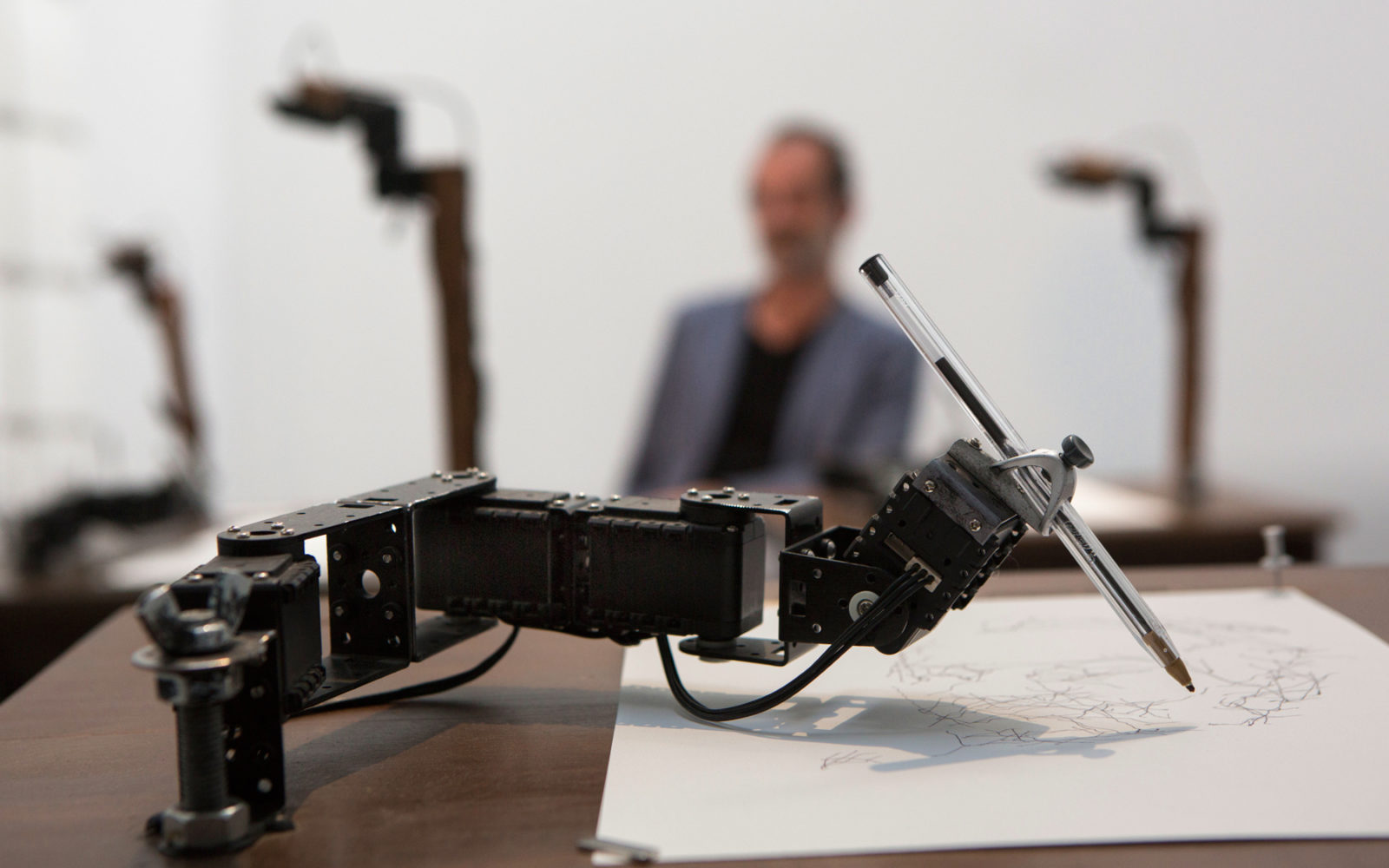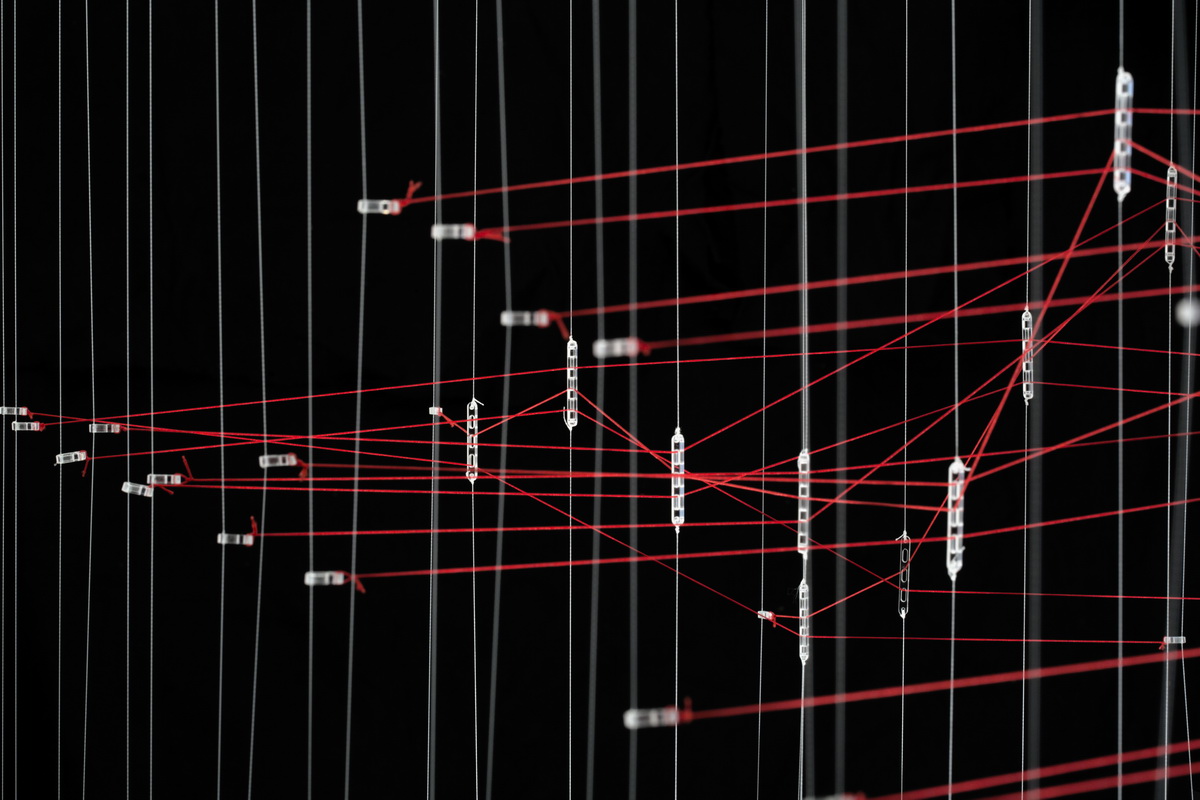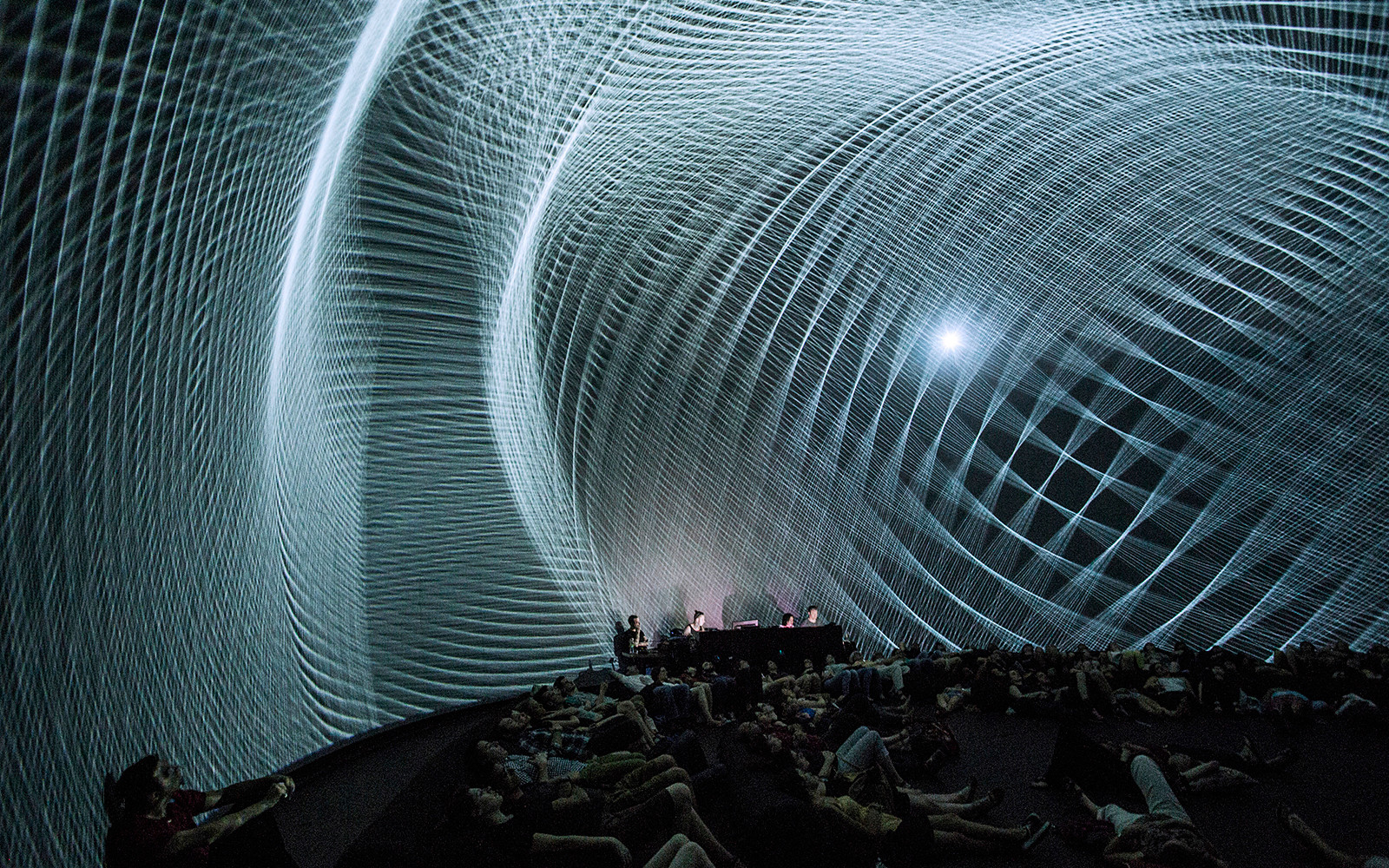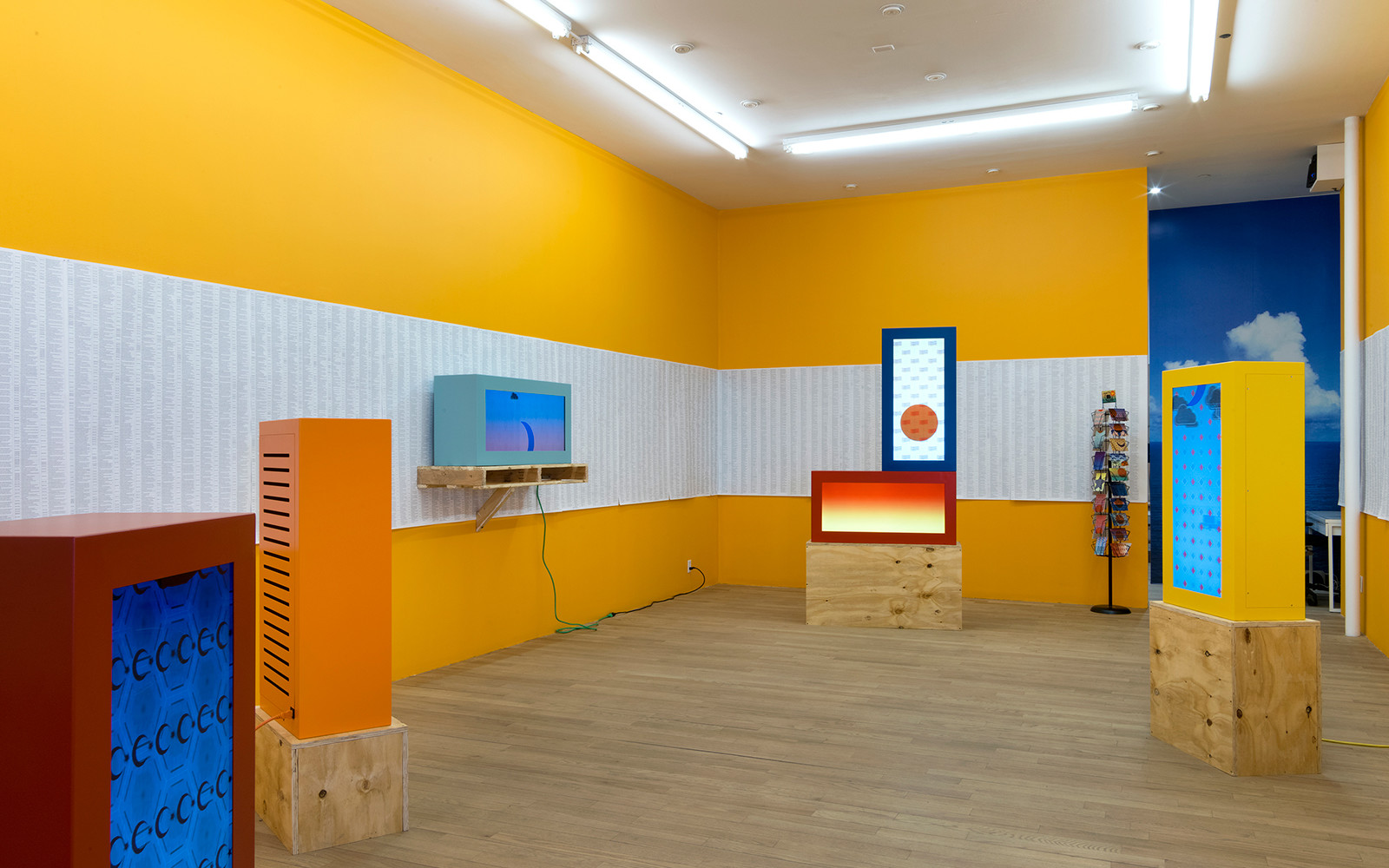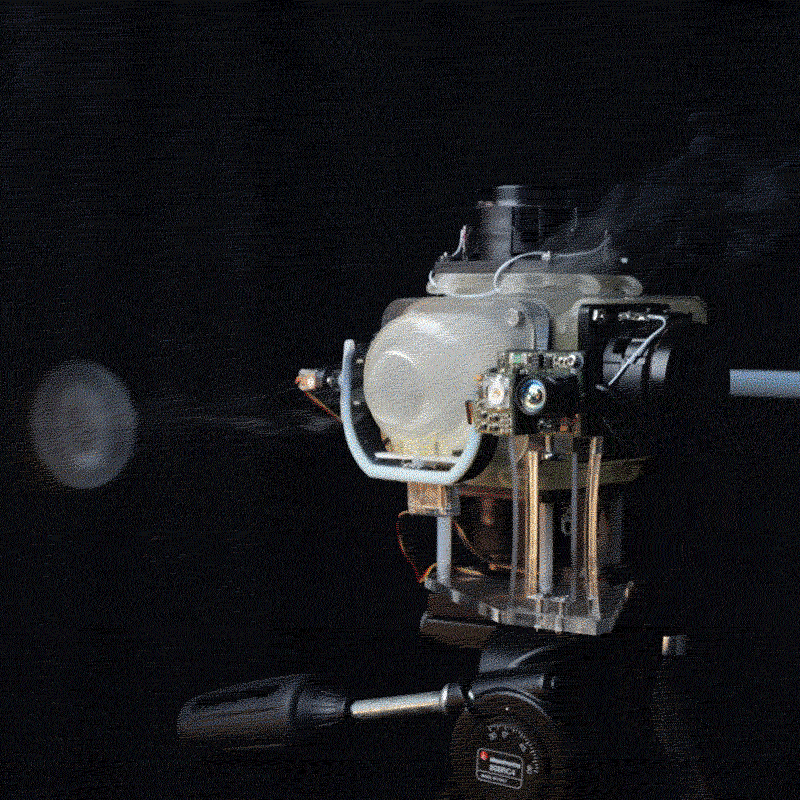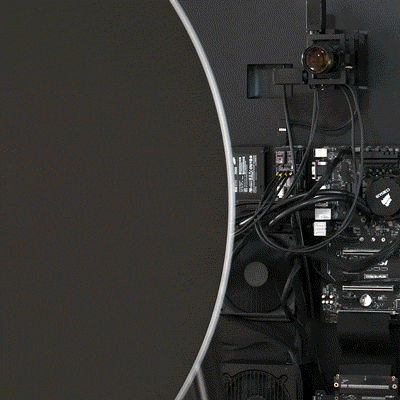/?s=natural systems
Displaying search results
95 Results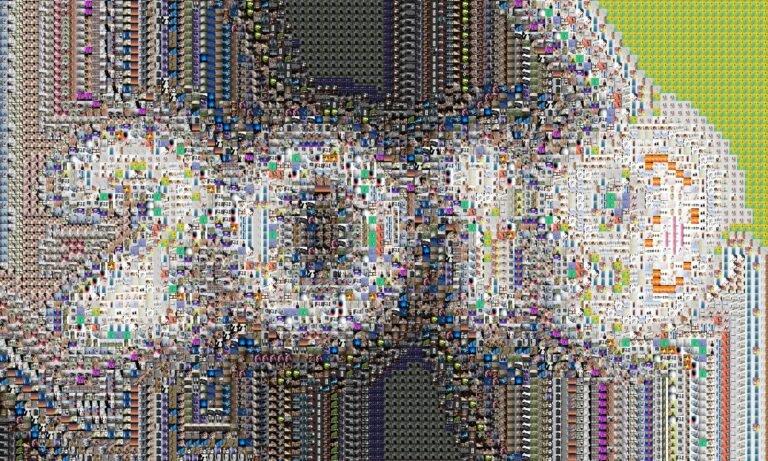
As per tradition each year, December is when we look back at the amazing work published on CAN. From ingenious machines and installations to mesmerising experiences that leverage new mediums for artistic inquiry – we added scores of projects to CAN’s archive in 2019. Here are some highlights.
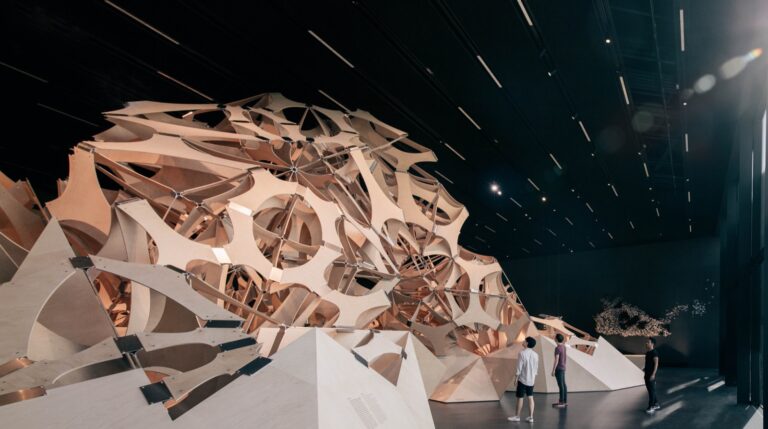
Designed and constructed by ART+COM Studios in collaboration with Futurium and Schiel Projekt, ‘Neo-Natur’ is a permanent installation for Berlin’s Futurium exhibition that explores our potential futures from different areas of life––from self-sufficient cities, to the future of work and ideas for more sustainable consumption.
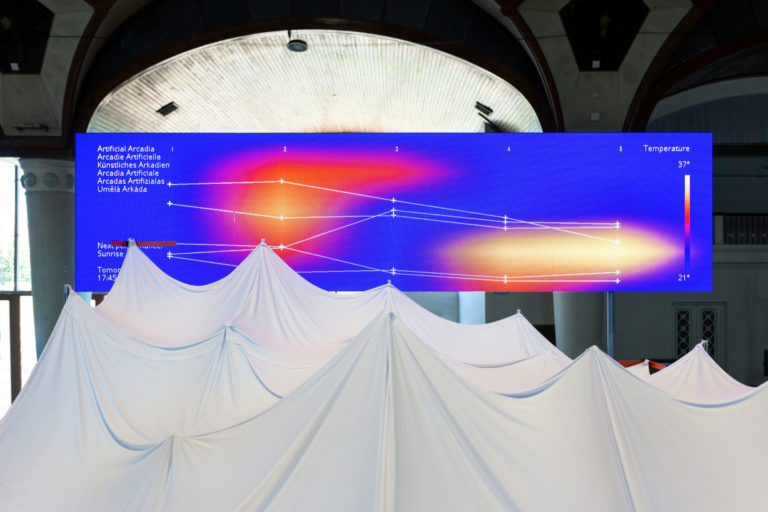
Created by Fragmentin in collaboration with KOSMOS architects, ‘Artificial Arcadia’ is an interactive installation that creates a performative scenographic landscape for visitors to explore and calls them to consider how contemporary landscape entangles natural, artificial and digital realms.
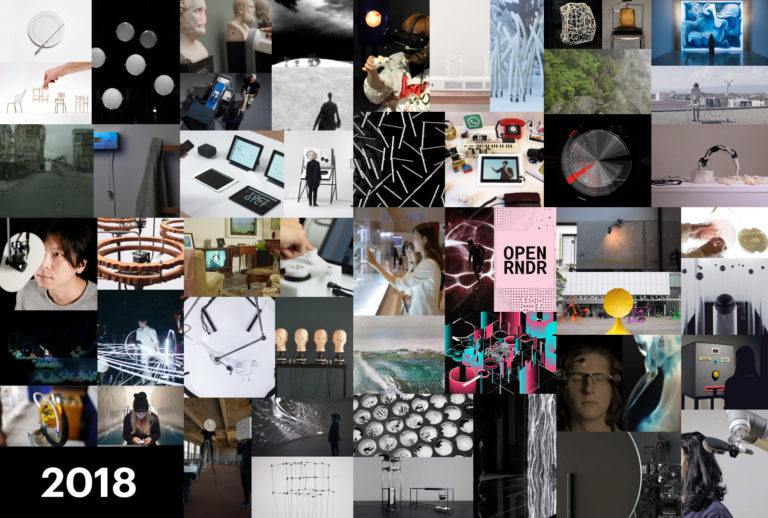
As 2018 comes to a close, we take a moment to look back at the outstanding work done this year. From spectacular machines, intricate tools and mesmerising performances and installations to the new mediums for artistic enquiry – so many great new projects have been added to the CAN archive! With your help we selected some favourites.
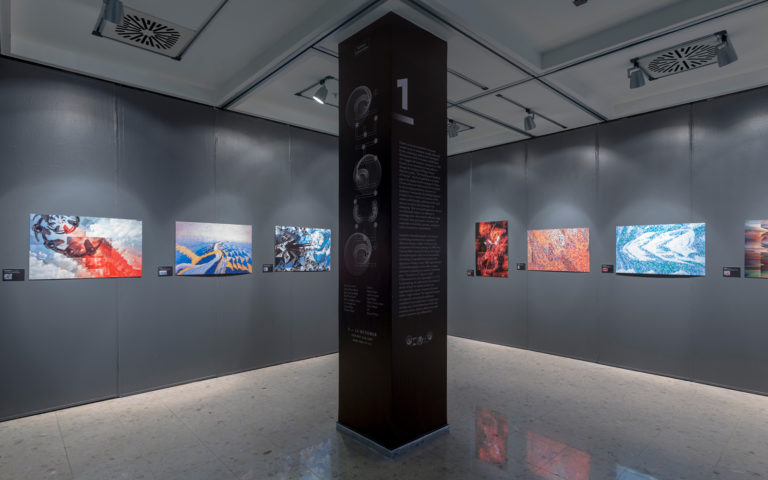
RECIPHER, a group show featuring works generated by students of Selçuk Artut’s “Creative Coding” course at Sabanci University, Visual Arts and Visual Communication Design Program, will be exhibited in two different locations in Istanbul at the same time. One of the exhibitions will open its door at Sabanci University Faculty of Arts and Social Sciences…
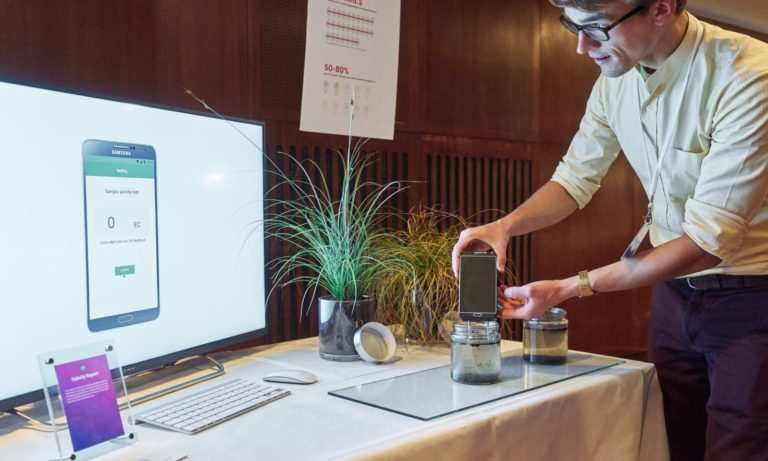
For the 7th time now, 600 experience designers and creative technologists will join us this October in Munich to take a close look at all things interactive. As always, we’ll not just feature talks and workshops but also a hands-on exhibition showcasing interactive projects from graduates and design studios all the way to companies like Bosch and BMW.
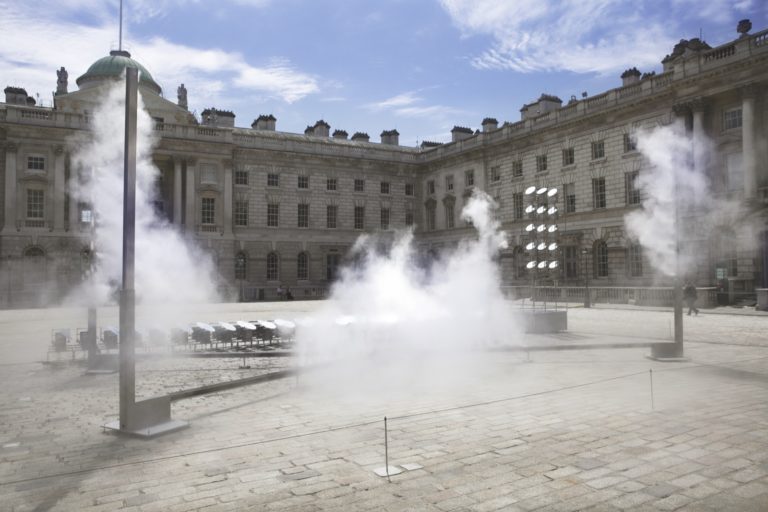
Created by Kimchi and Chips and currently on view at the Somerset House in London, HALO is a new installation in the series of works by the Seoul based Mimi Son and Elliot Woods where light is sculpted to create form that exists between material and immaterial.

From 24 May to 25 November 2018, in the framework the Fondation Louis Vuitton’s “Hors-les-murs” program, American artist Ian Cheng’s “Emissary Forks At Perfection” (2015-2016) is on display at the Espace Louis Vuitton Venezia.
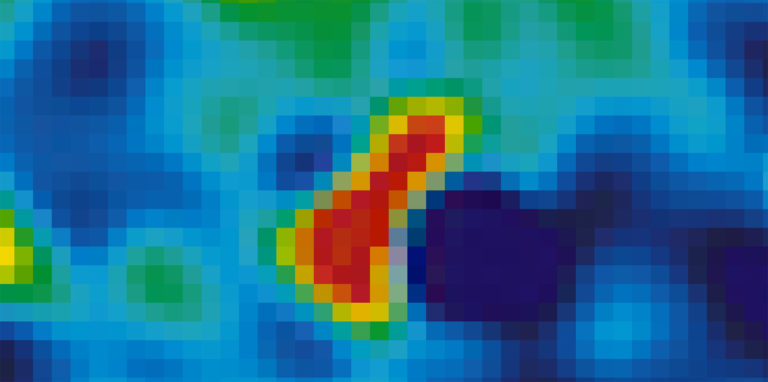
Dan Tapper is a British artist based in Toronto that combines his interest in code and celestial form and his recent research project “Turbulent Forms” visualizes and sonifies various cosmic phenomena. To mark the recent exhibition of this work (and related collaborations with several composers) we present this extended conversation with the artist about cosmology and data aesthetics.
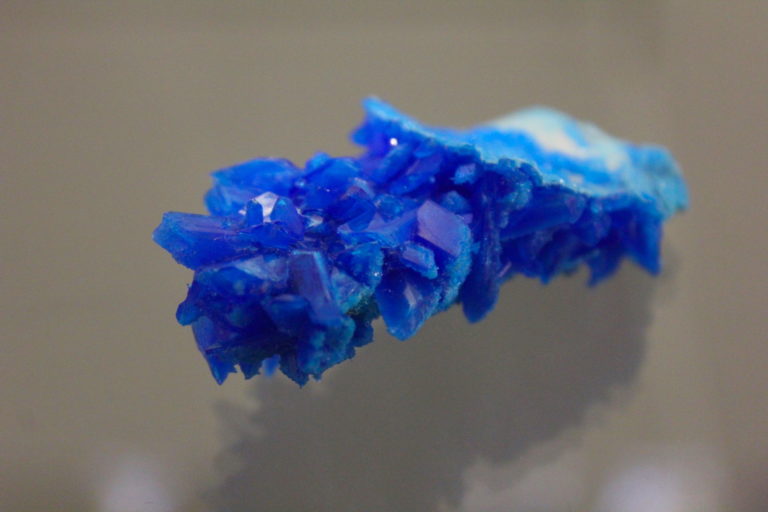
Created by Jayson Haebich, The Crystallisation Event explores a speculative future in which the endless digitisation and quantification of data has caused information to become supersaturated and begin a process of crystallisation. The project is presented as a speculative museum exhibit showing future artefacts from this post crystallised data world.
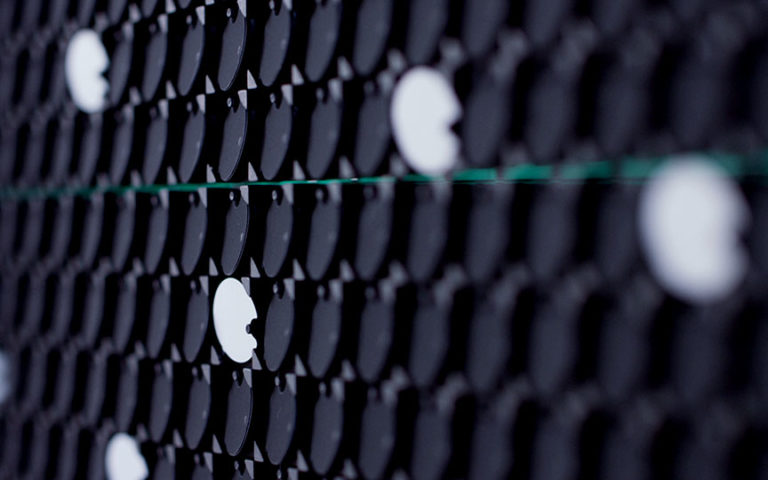
Gysin-Vanetti (Andreas Gysin & Sidi Vanetti) are an artist duo exploring images and patterns using the type geometries of multipurpose displays. What characterises the projects shown here is that their intention is to not modify the layout (or visual organisation) of the chosen hardware – they work with what the existing has to offer. Within these hard constraints they search for infinite visual permutation. Using only type and digit, Gysin-Vanetti build images, animations and generate patterns.
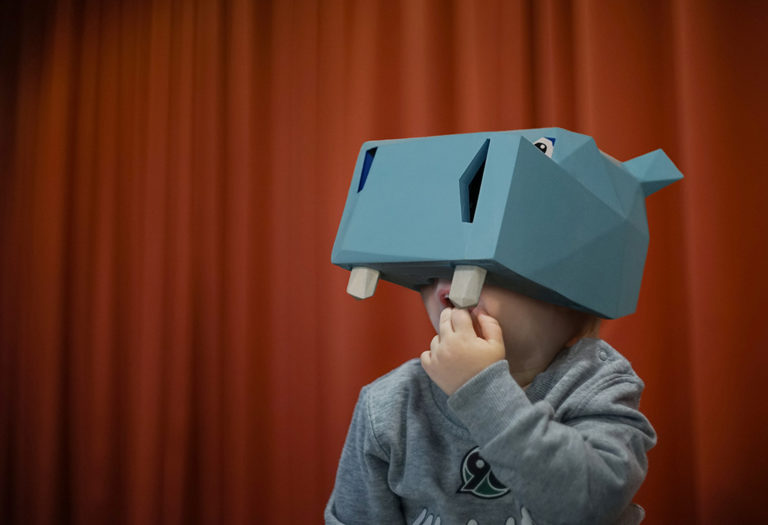
At the Digital Media study program in University of/the Arts Bremen, computer science meets design, while engineering and natural sciences interconnect with the arts. We present you four recent “semester” projects exploring topics ranging from VR, popular media to digital nature.
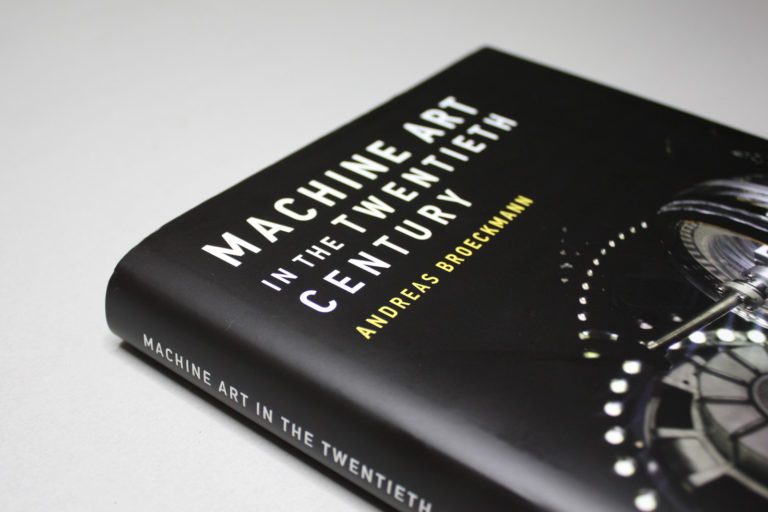
Machine Art in the Twentieth Century is a recent MIT Press-published book by Andreas Broeckmann exploring ‘machinic’ art-making. CAN weighs in with a review of this survey of moments, movements, and key figures spanning futurism to the present day.
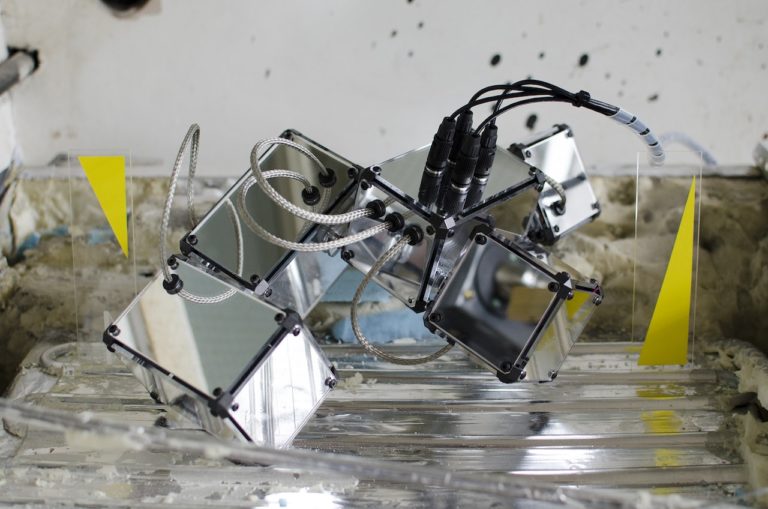
Created by Riccardo Lardi, The Reality Gap is a research project that investigates how robot movements evoke empathy towards humans and speculates where will the next generation of robotic systems come from and where will they go.
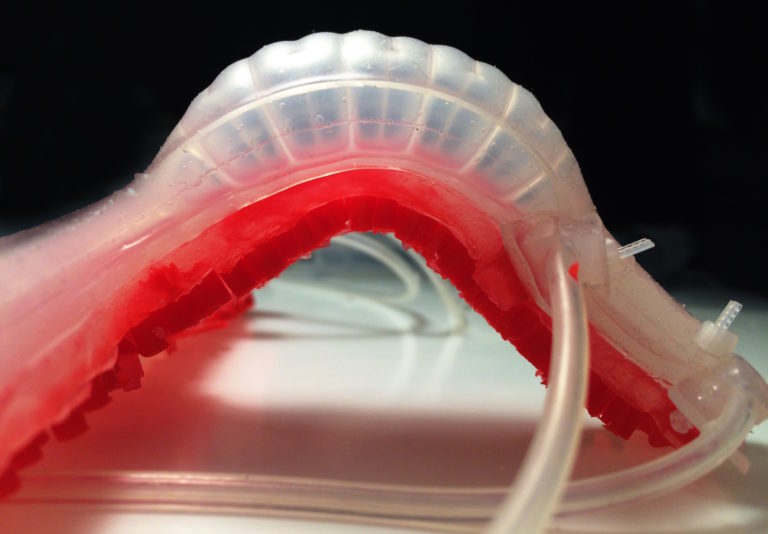
Exploring behavior based design systems that are self-aware, mobile, and self-structure / assemble. The following is the work AADRL Spyropoulos Design Lab at the Architectural Association School of Architecture, in London.
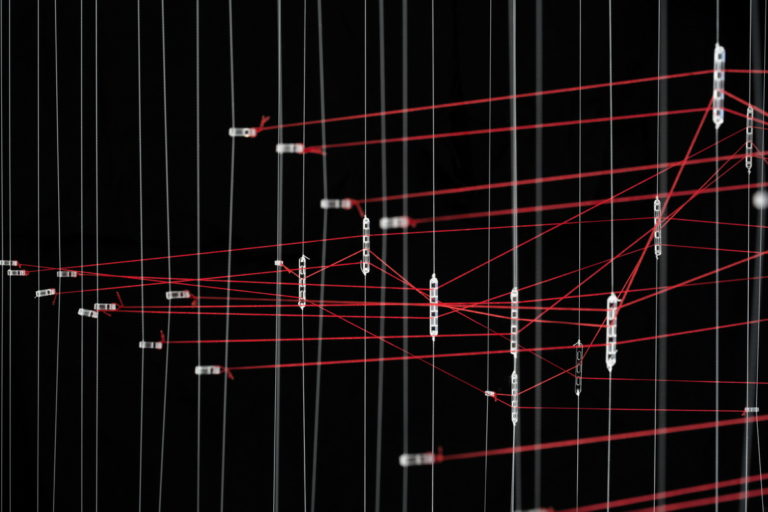
Created by Ralf Baecker and opening this week at the NOME gallery in Berlin, Order+Noise (Interface I) investigates the boundary and space created by two interacting systems that are set in motion by the random signals of Geiger-Müller tubes.
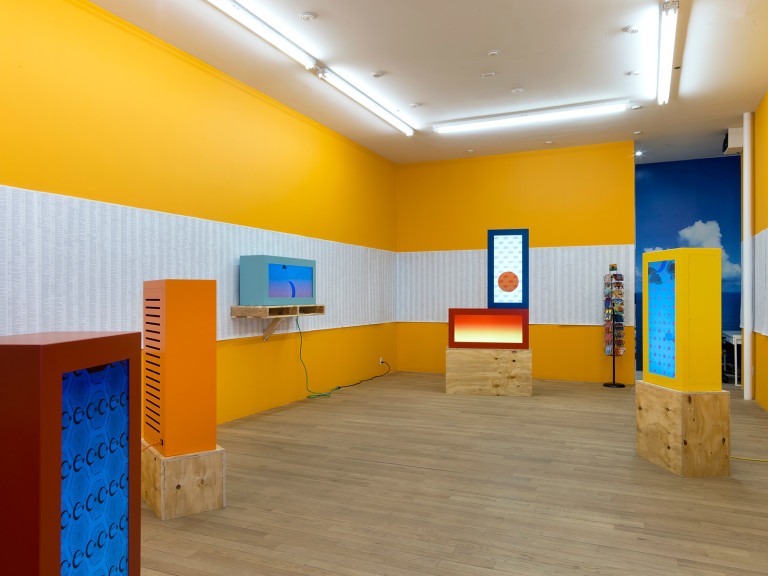
A consideration of systems and scale in Marina Zurkow’s “MORE&MORE (the invisible oceans)” and Rachel Rose’s “Everything & More,” exhibitions recently mounted at (respectively) bitforms and the Whitney Museum for American Art in NYC.

